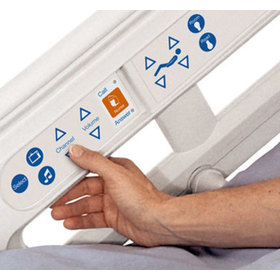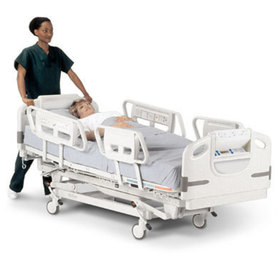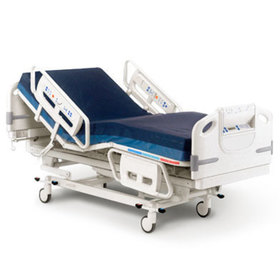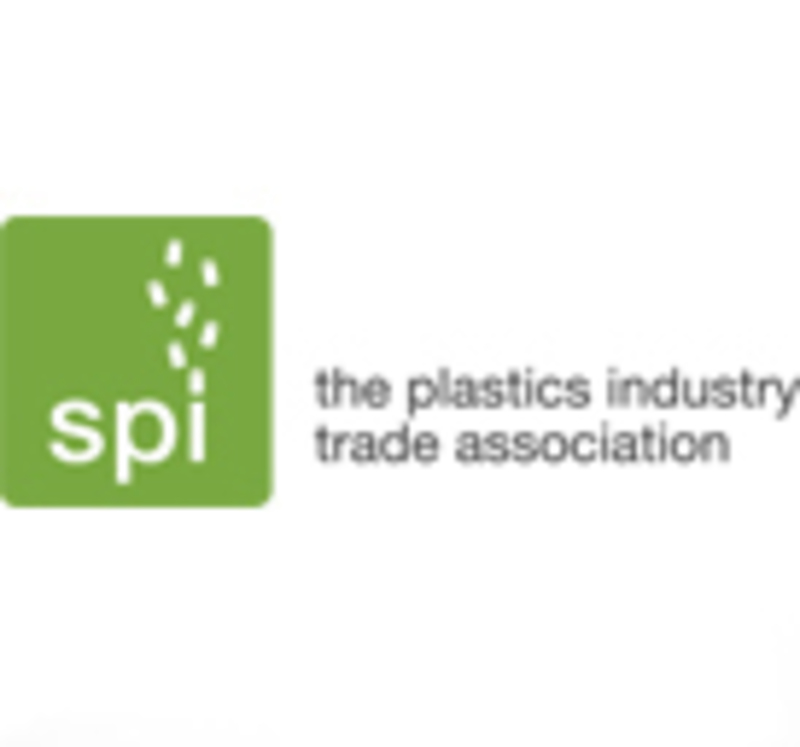- 2025
-
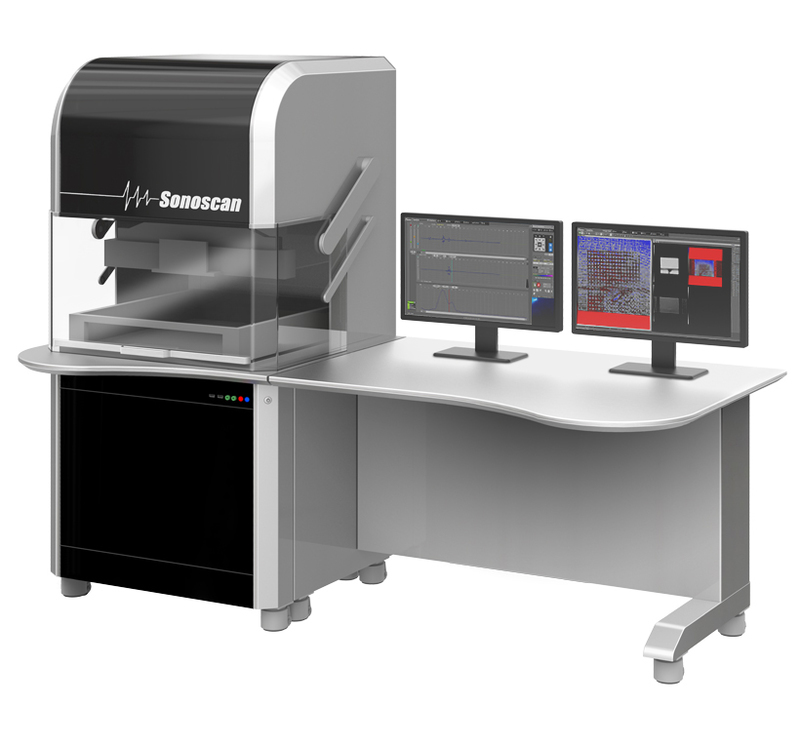
-
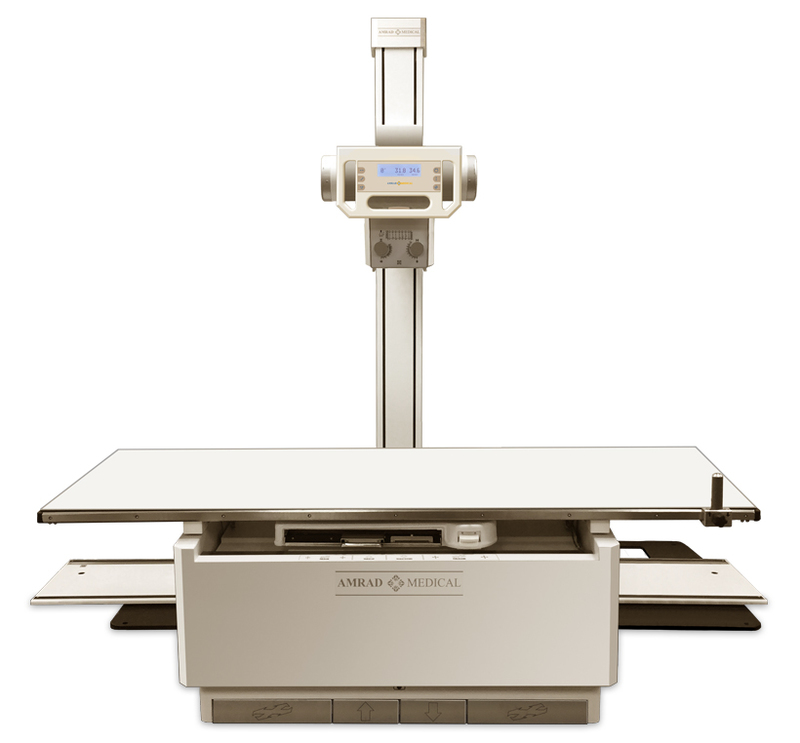
-
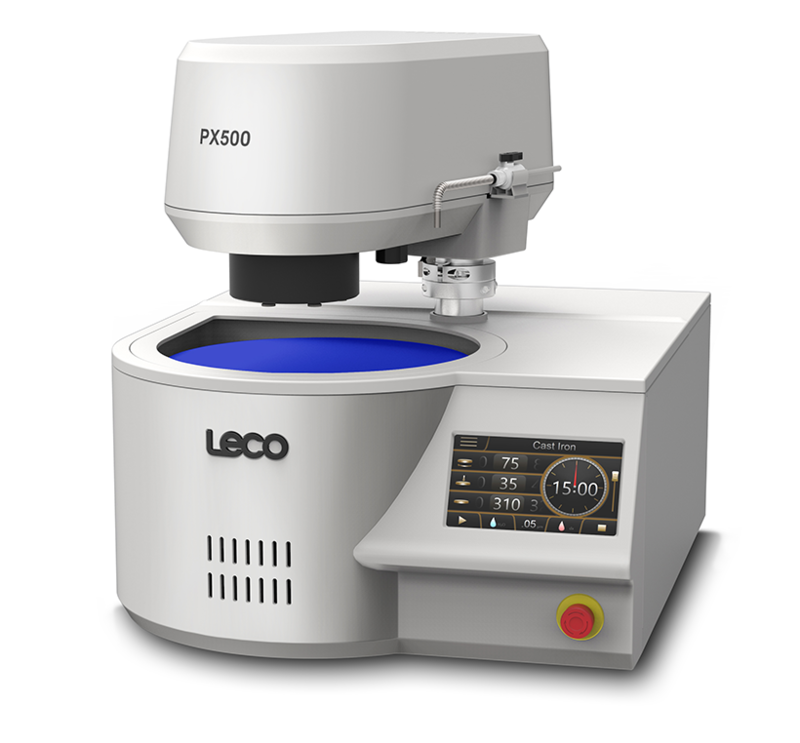
-
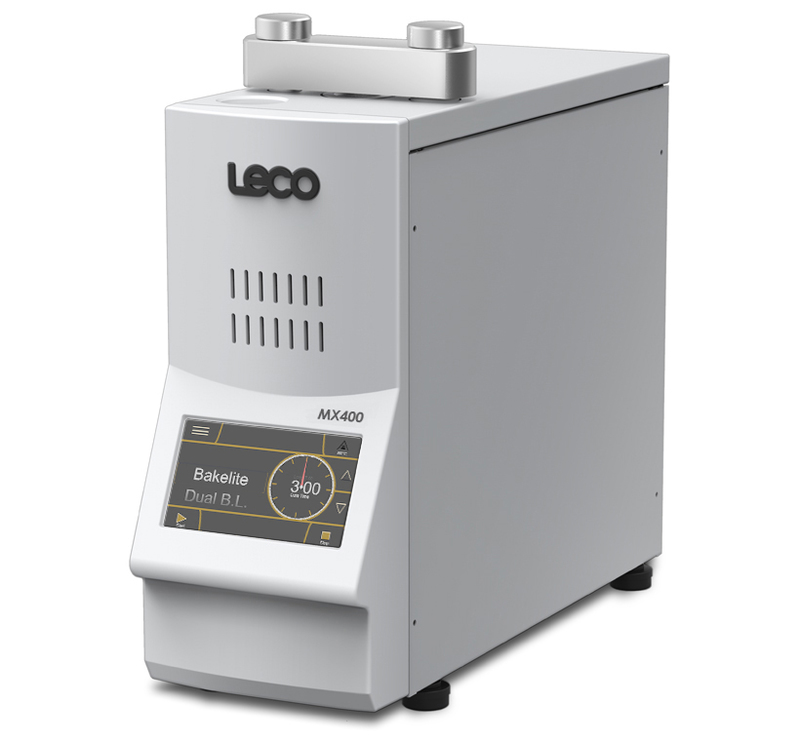
-
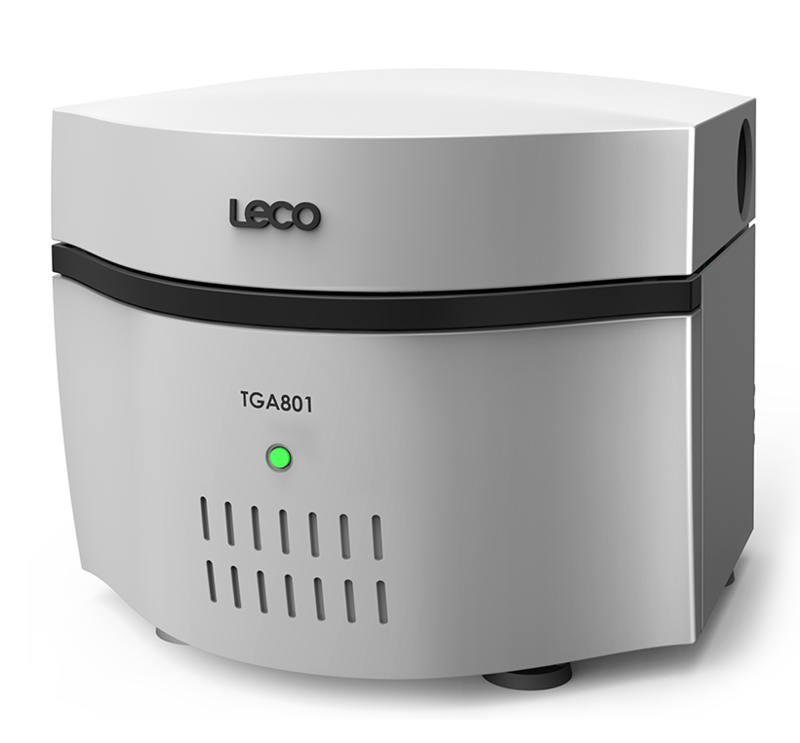
-
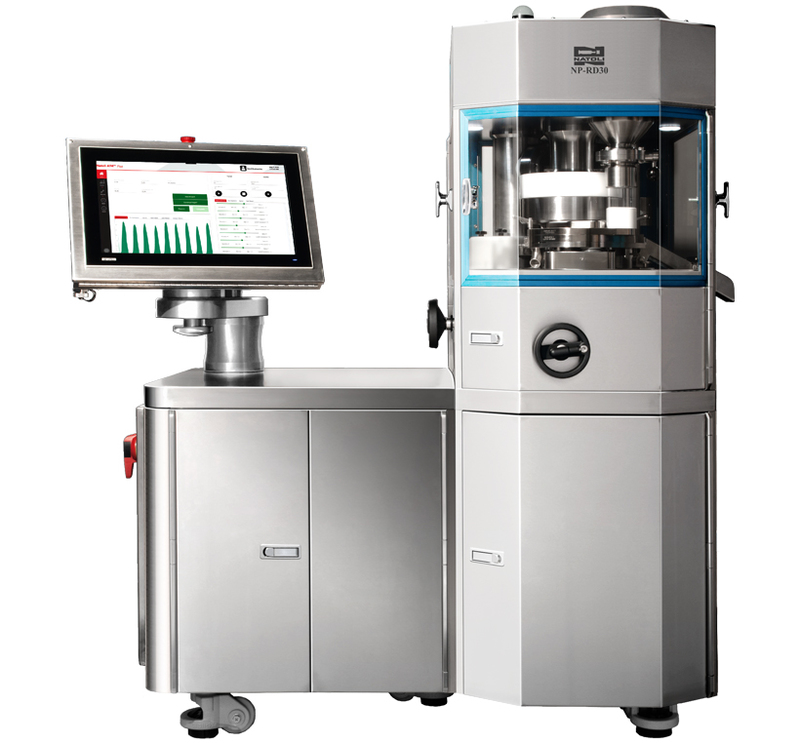
-
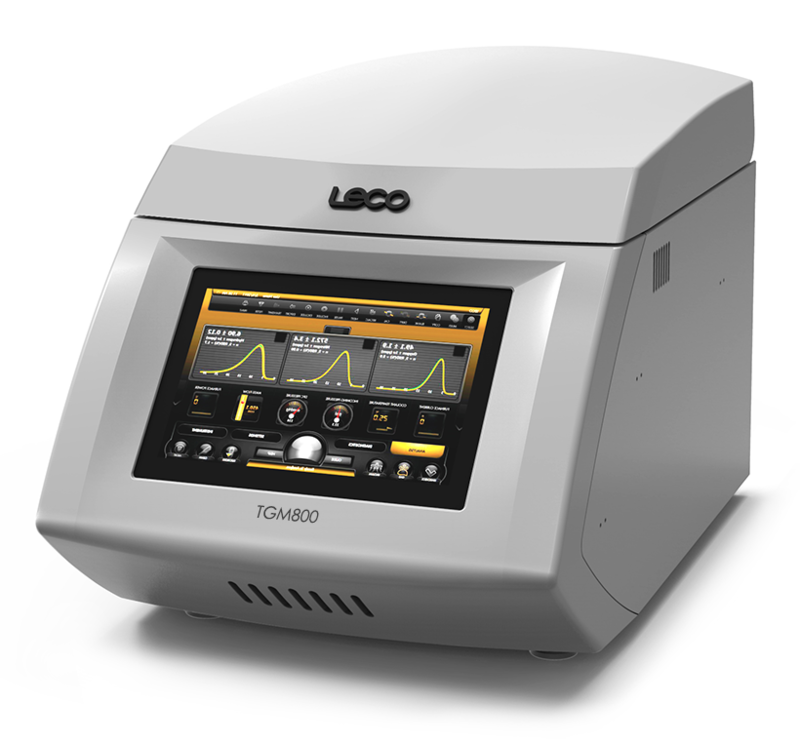
-
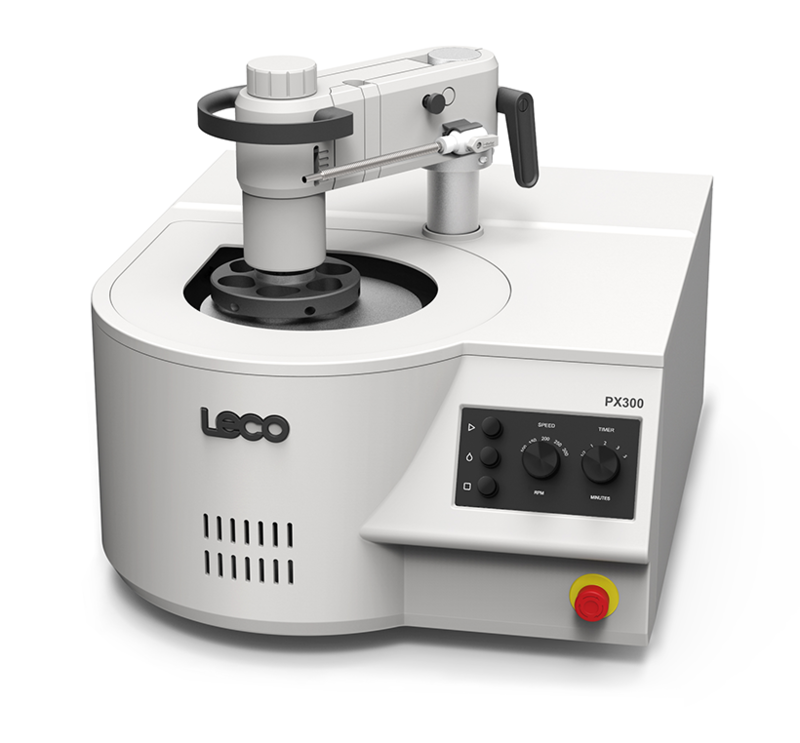
-

-
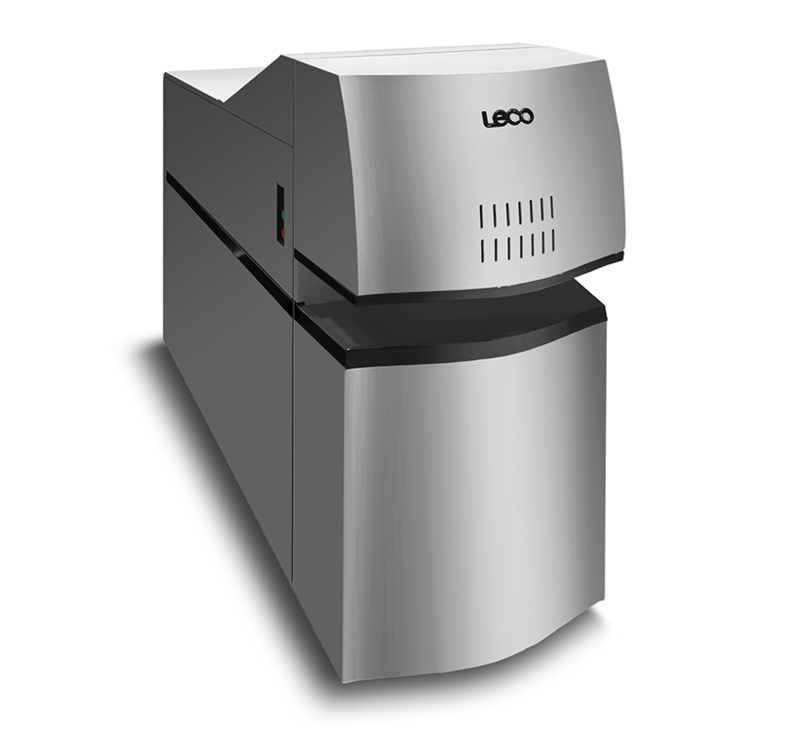
-
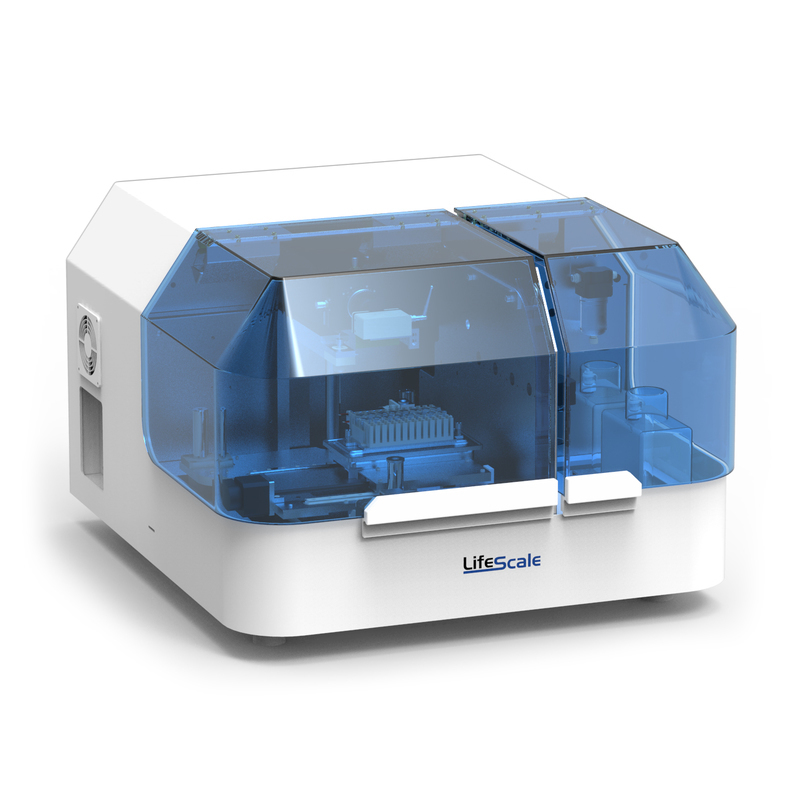
-
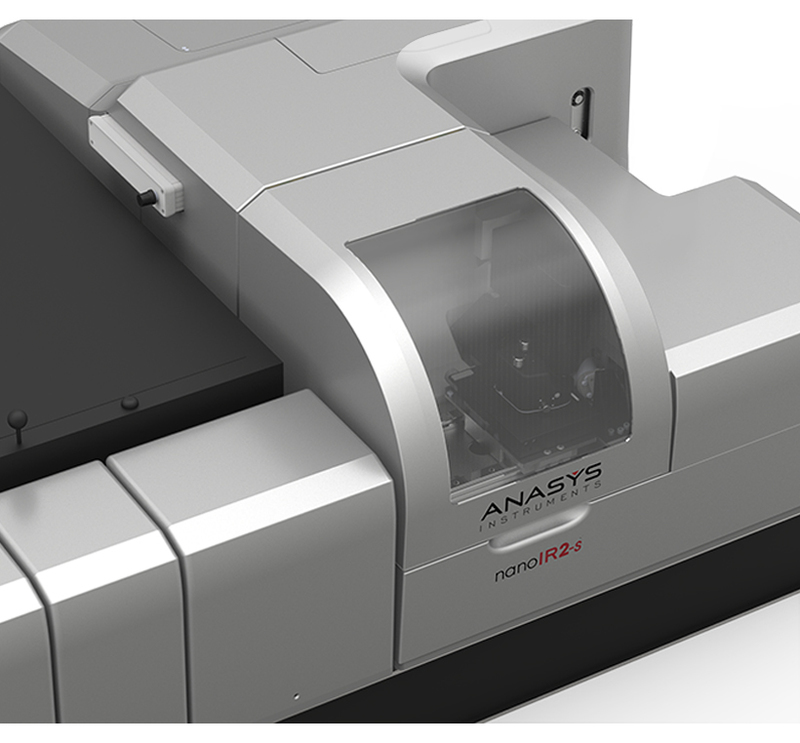
-
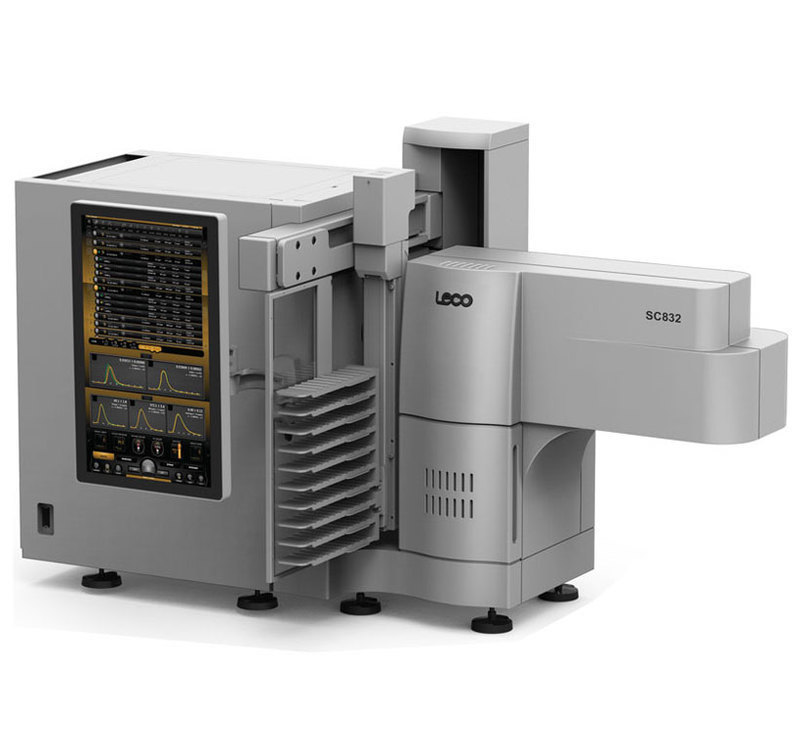
-
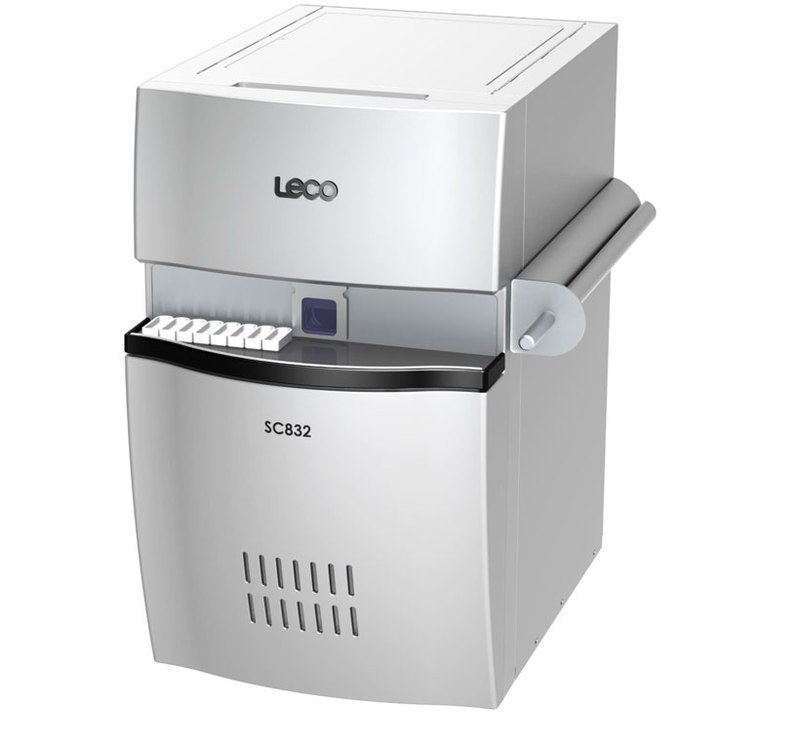
-
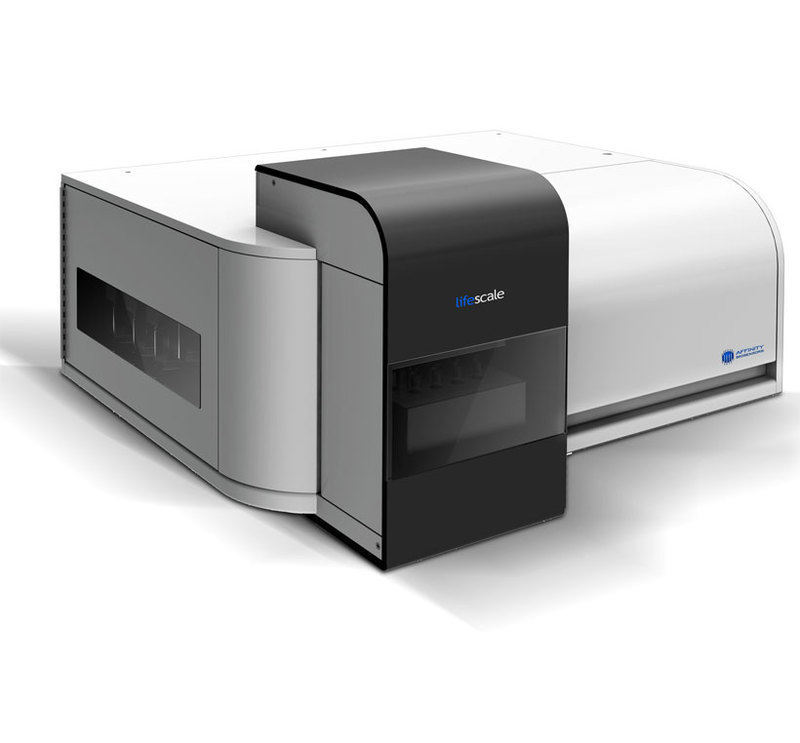
-
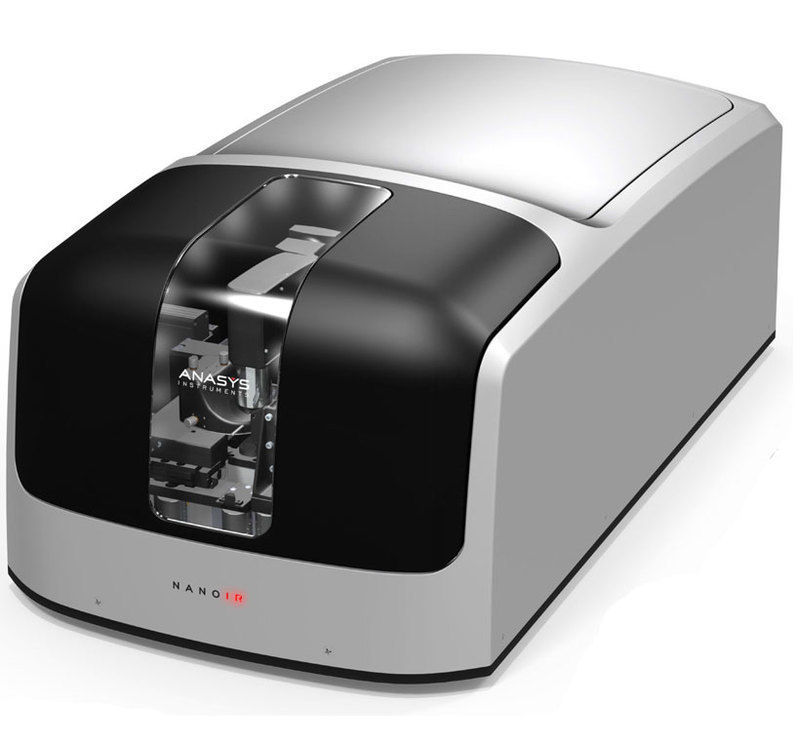
-
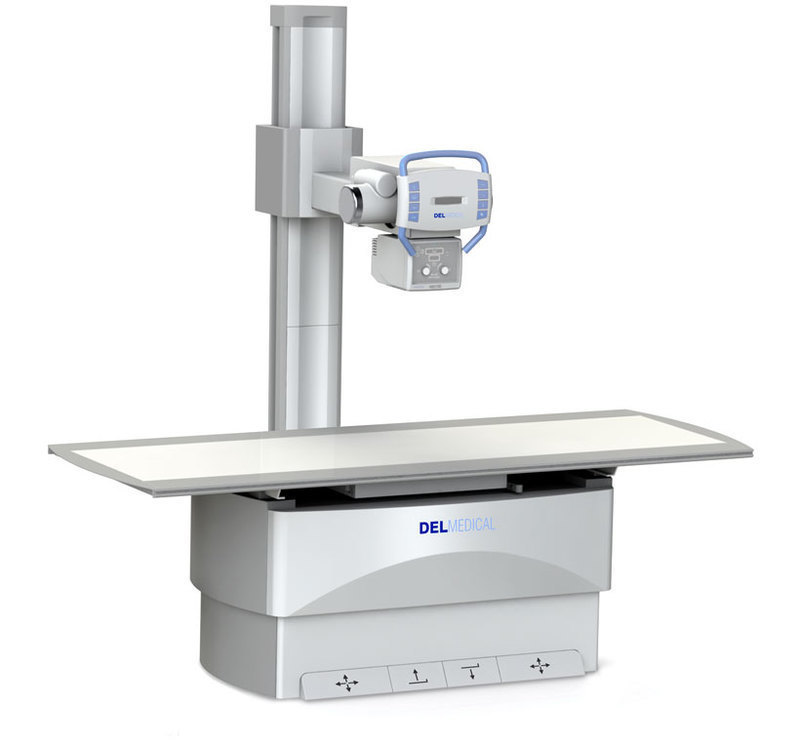
-
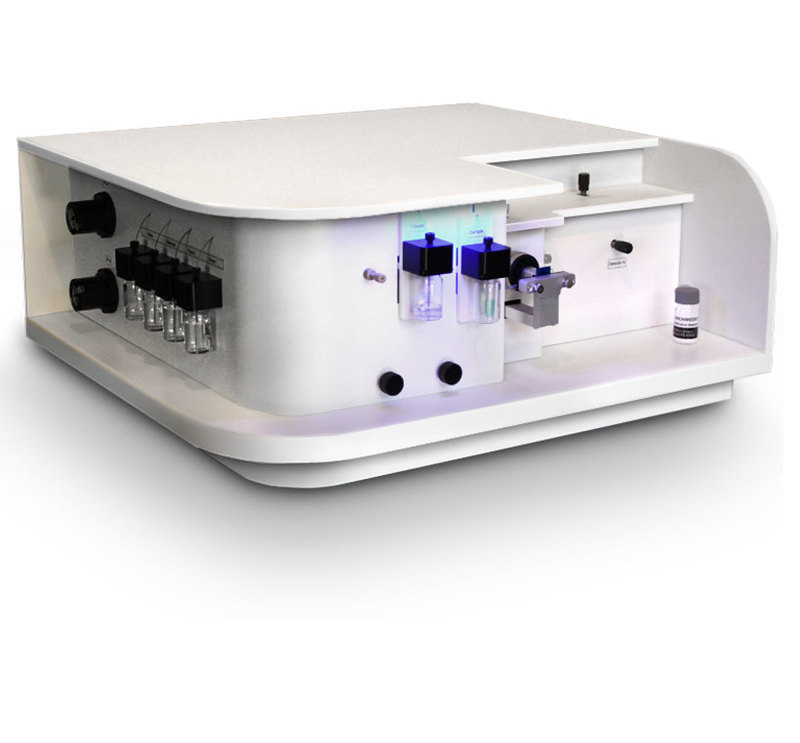
-
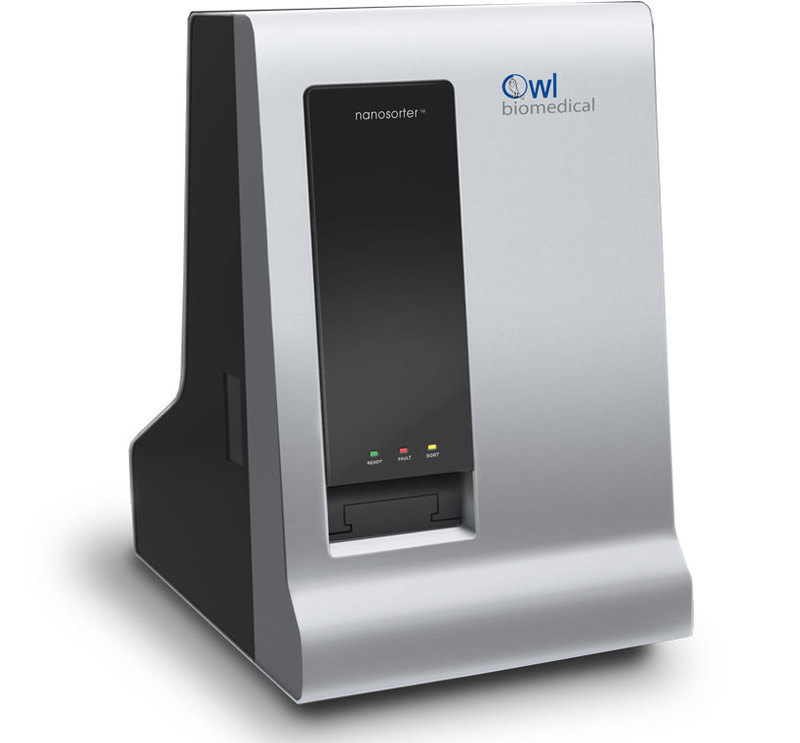
-
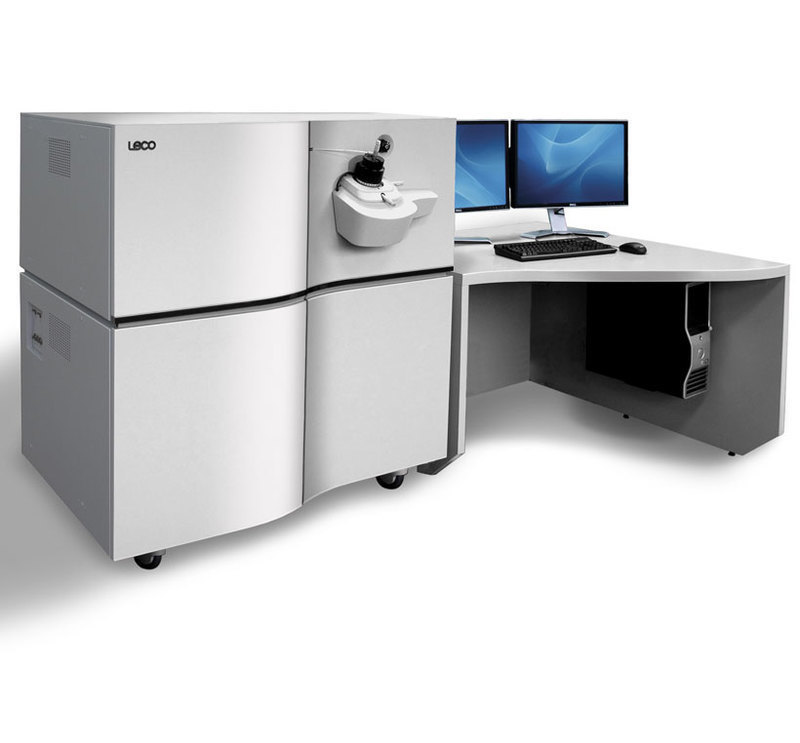
-
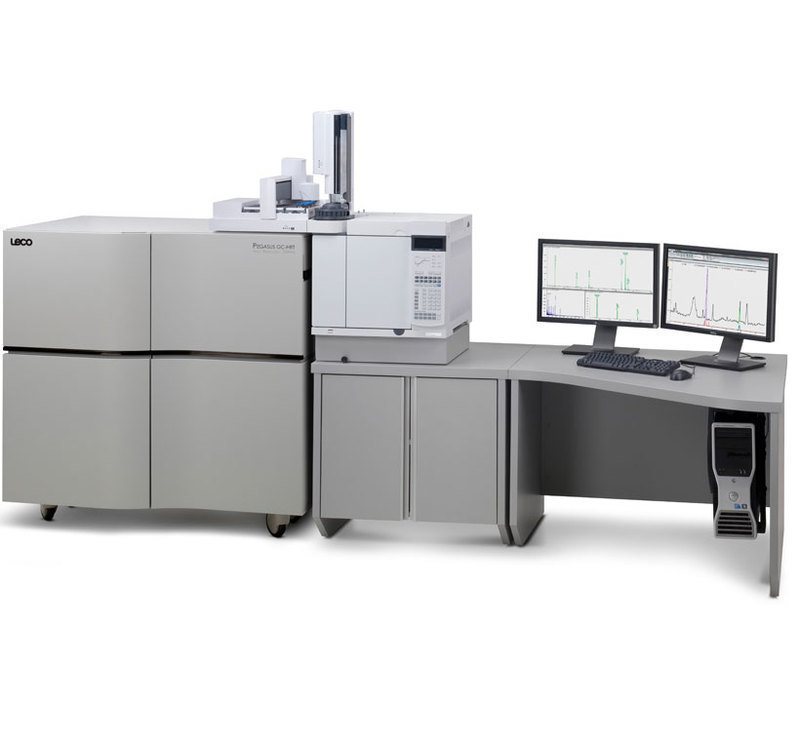
-
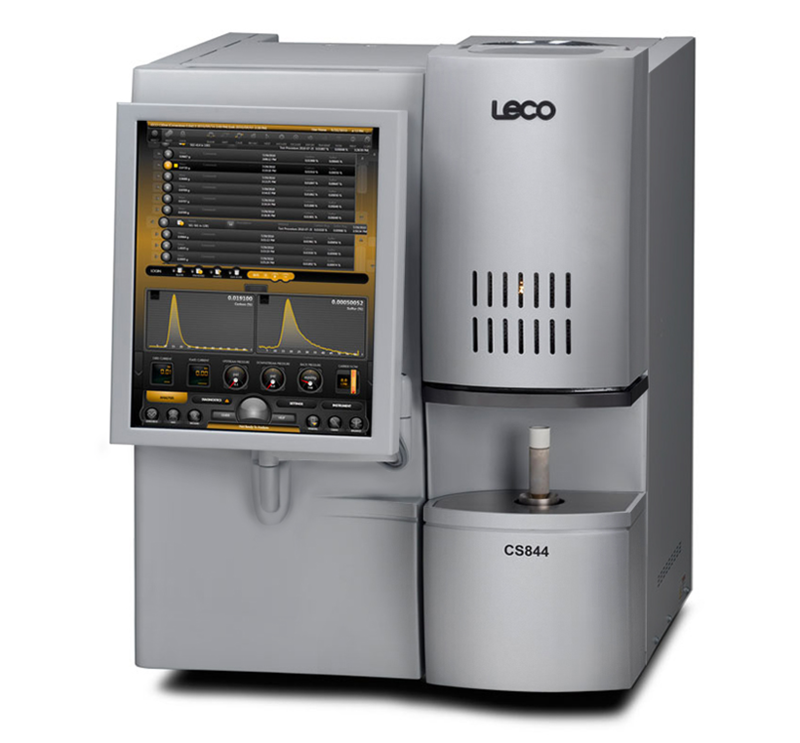
-
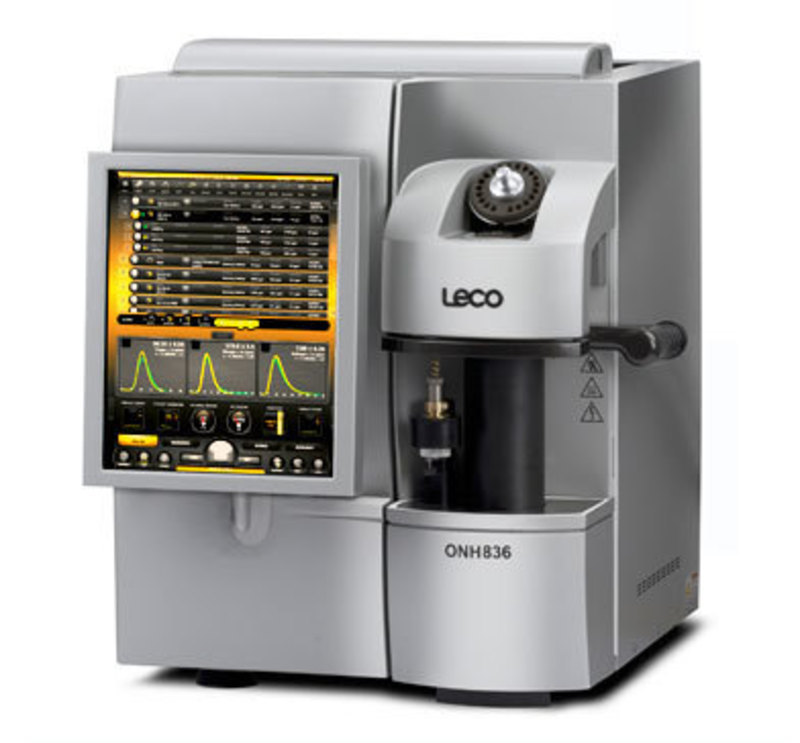
-
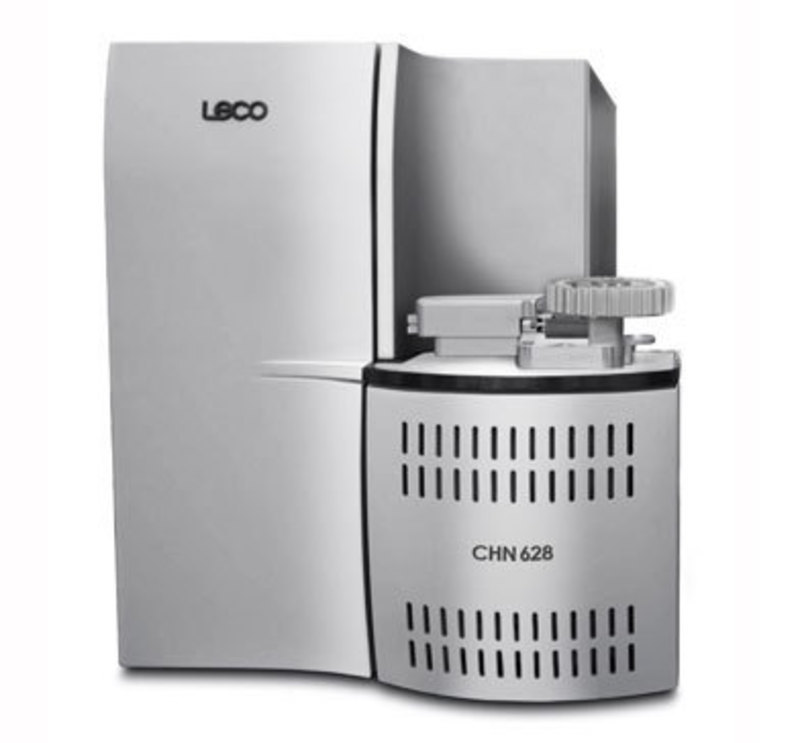
-
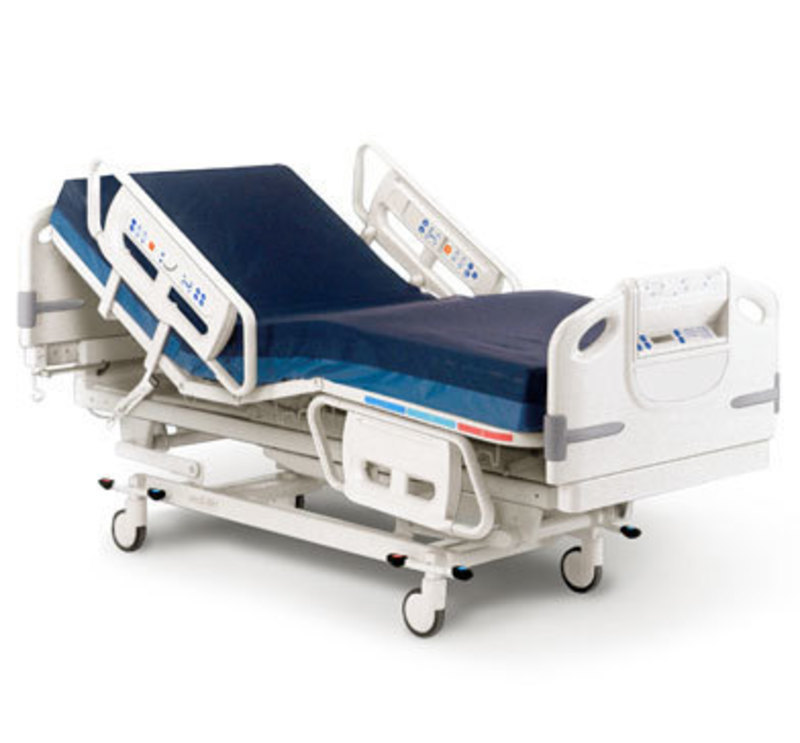
- 2010
-
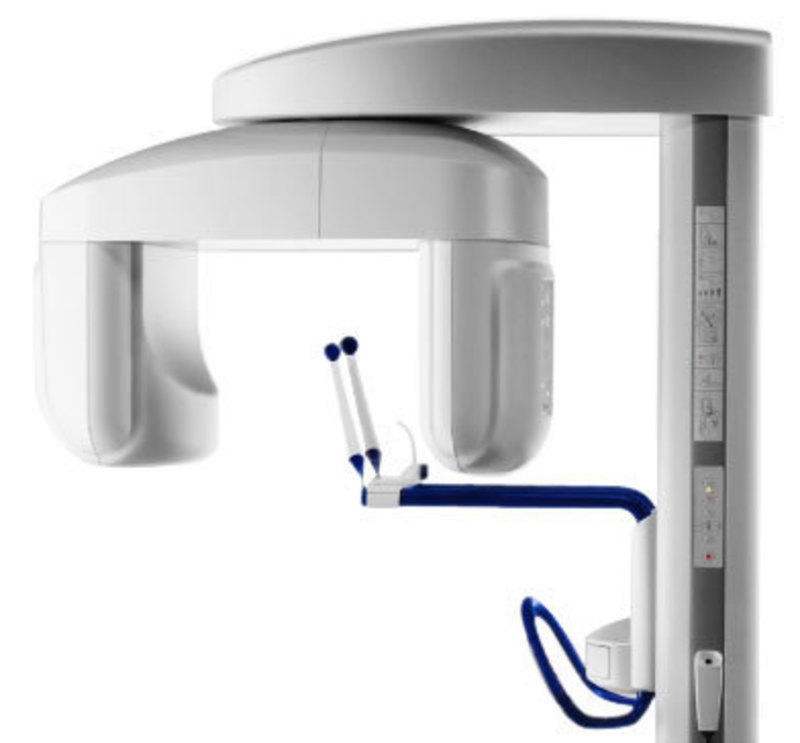
-

-

-
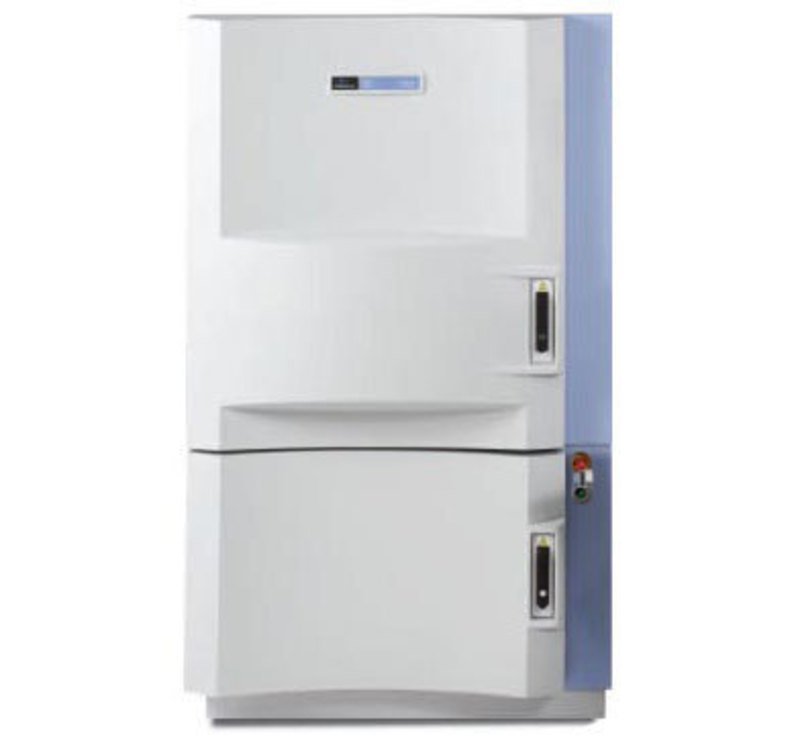
-
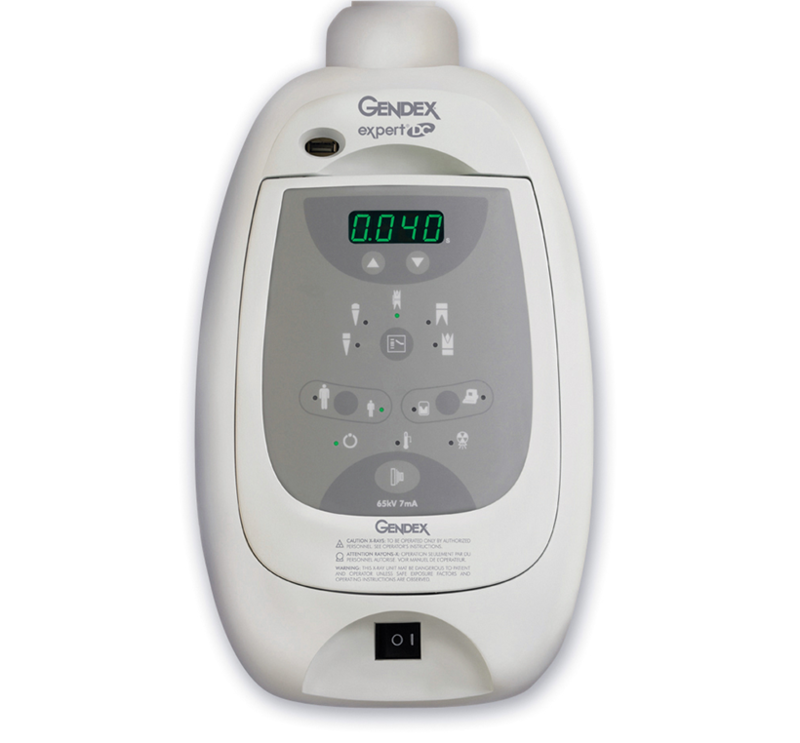
-
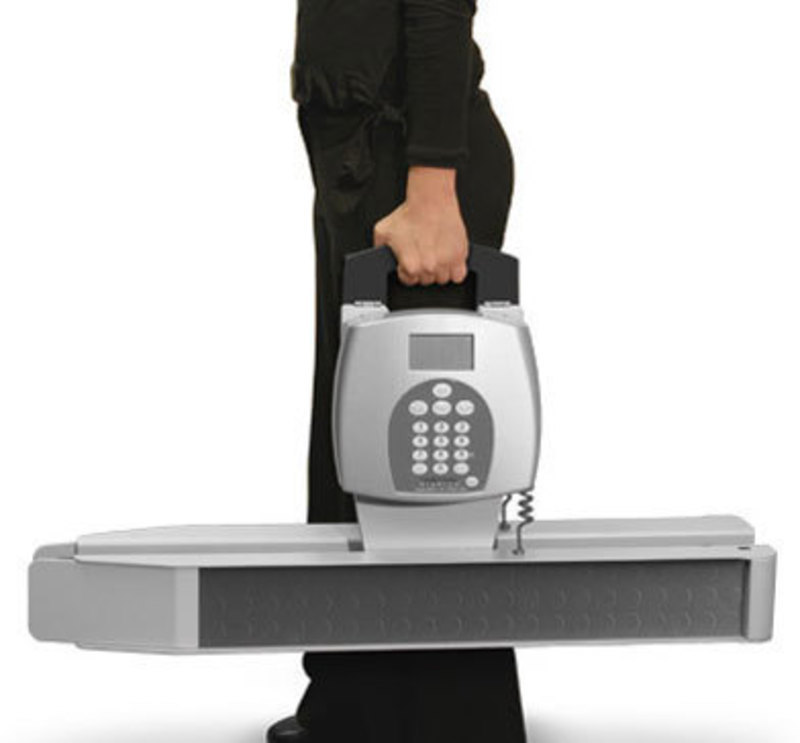
-
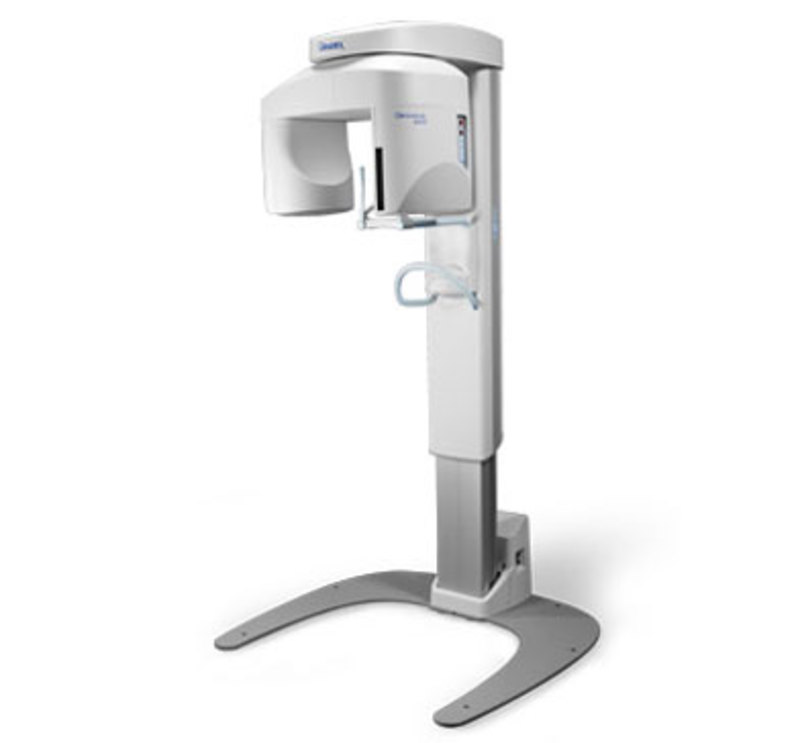
-
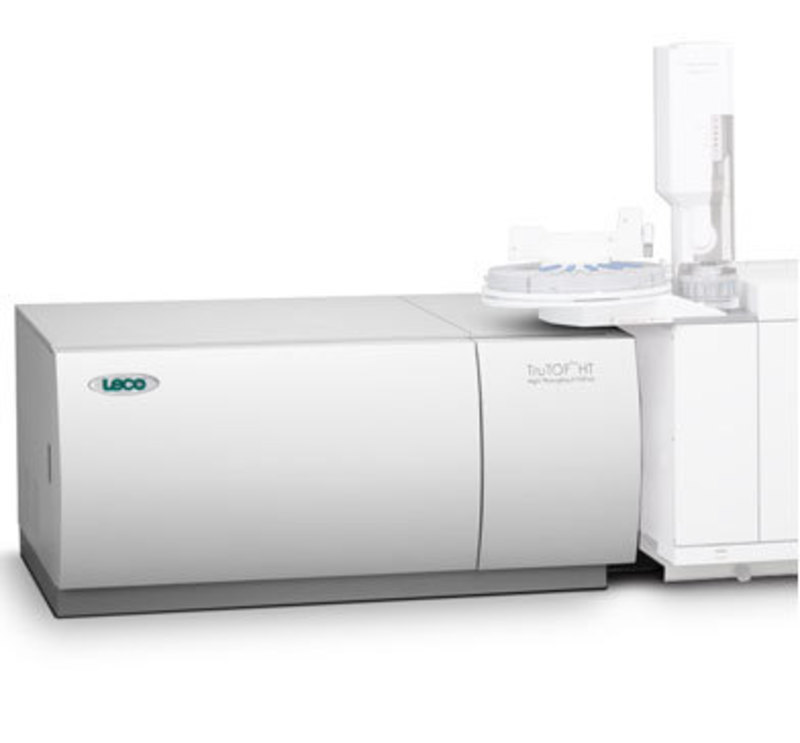
-
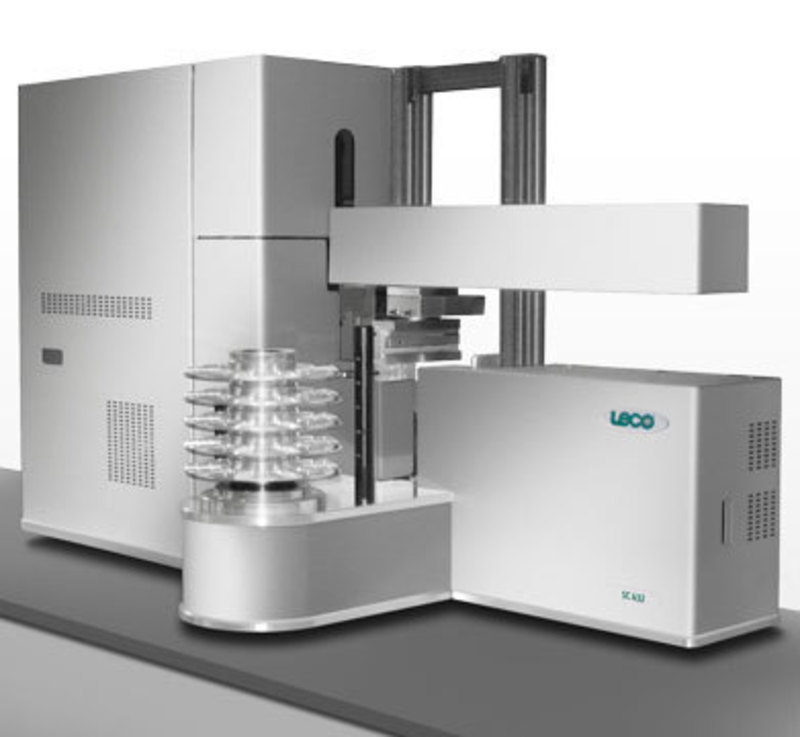
-
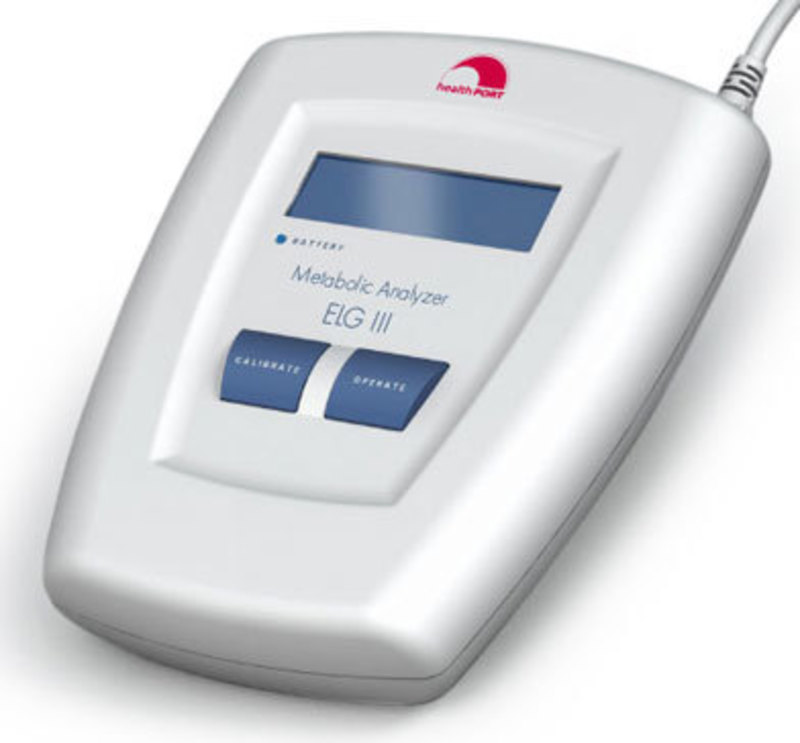
-
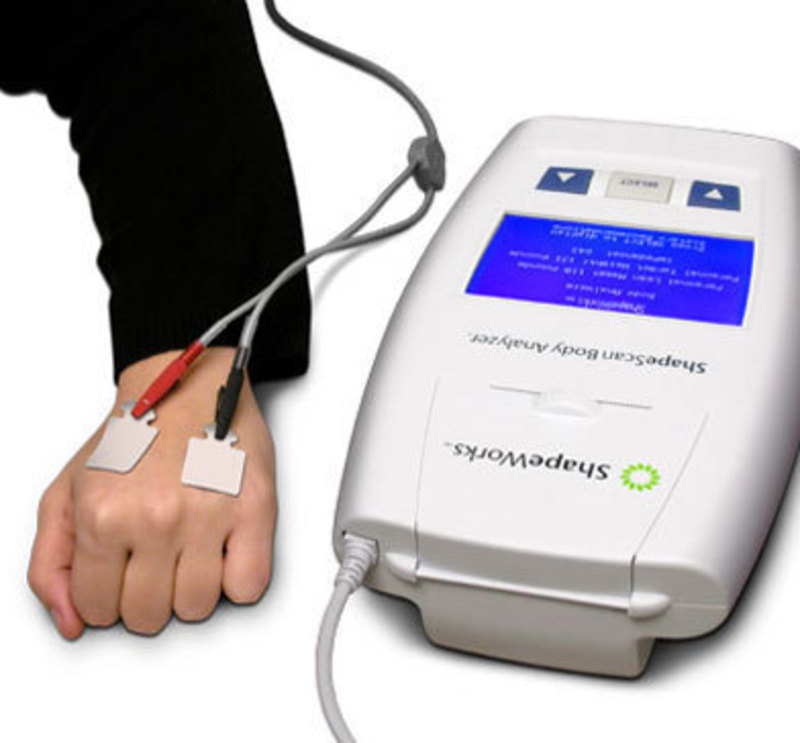
-

-
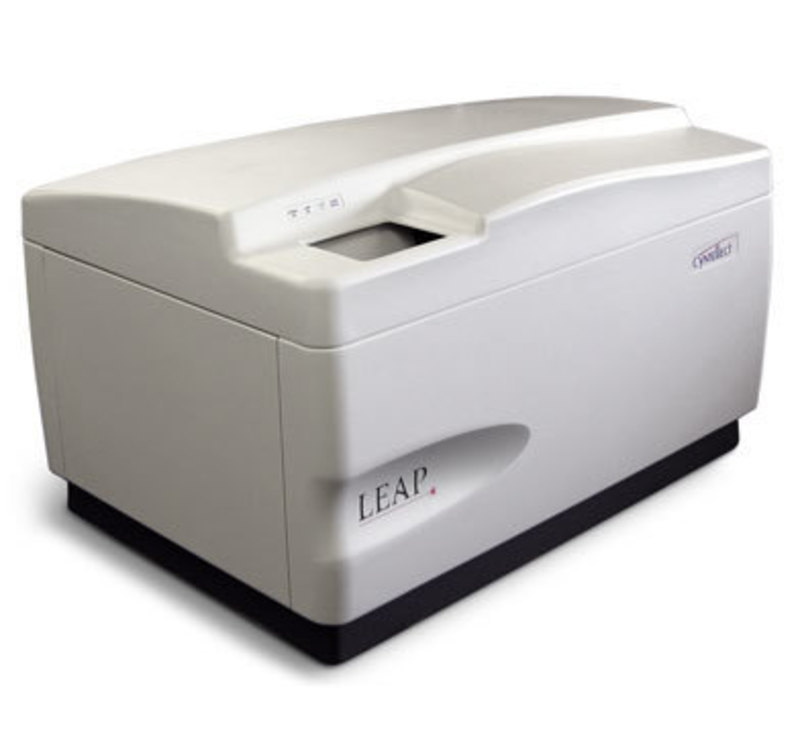
-
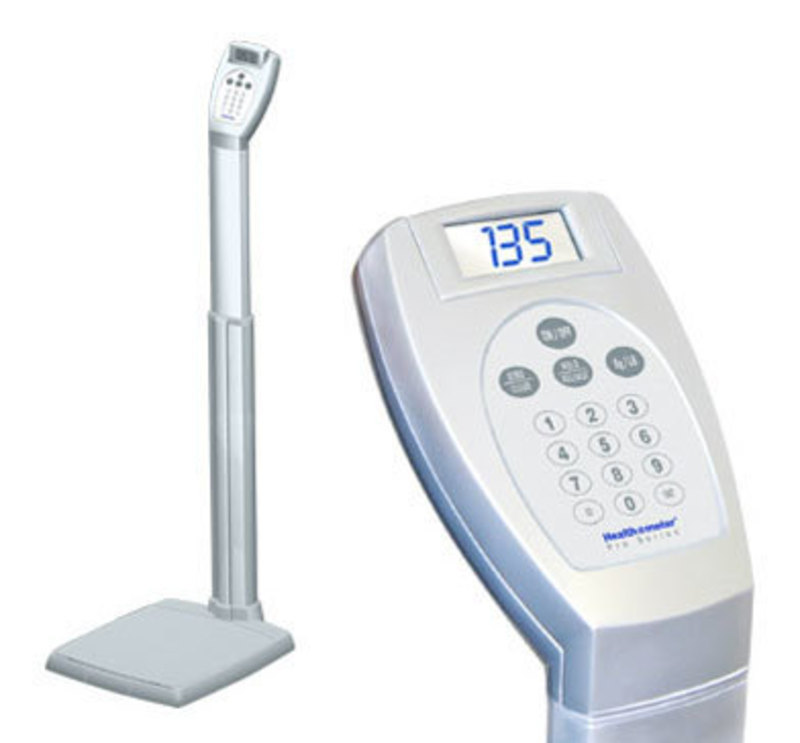
-
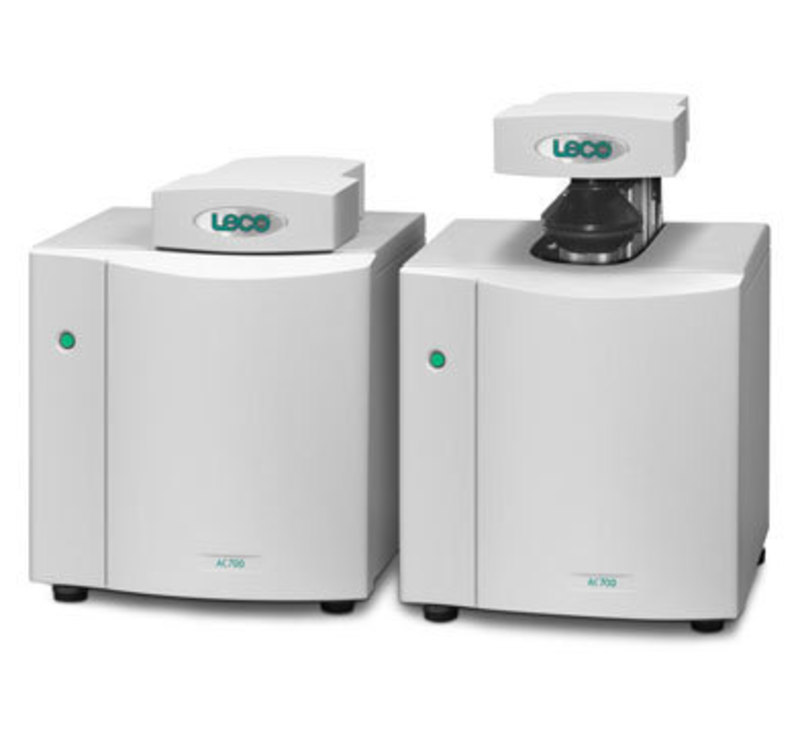
-
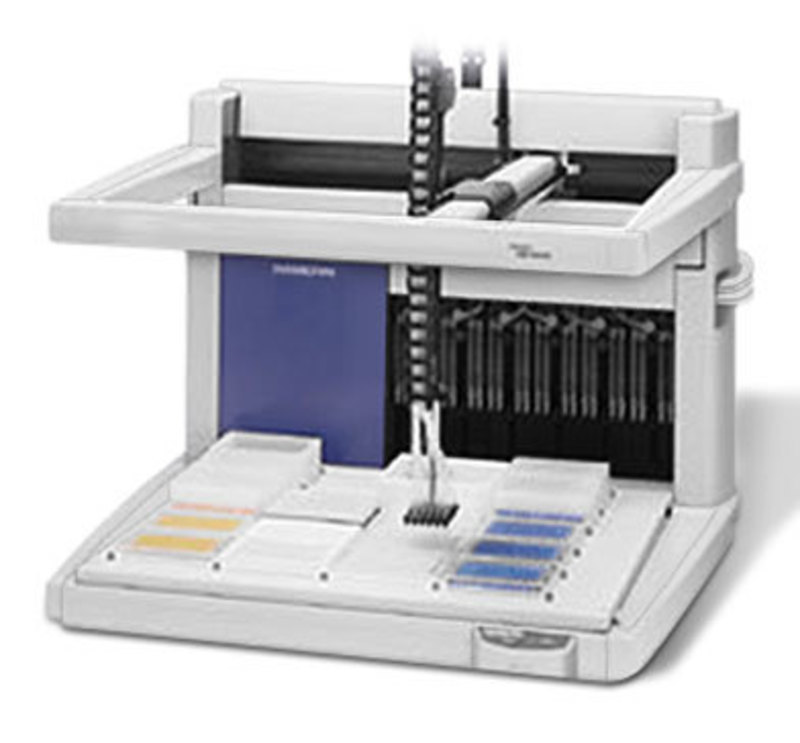
- 2000
-
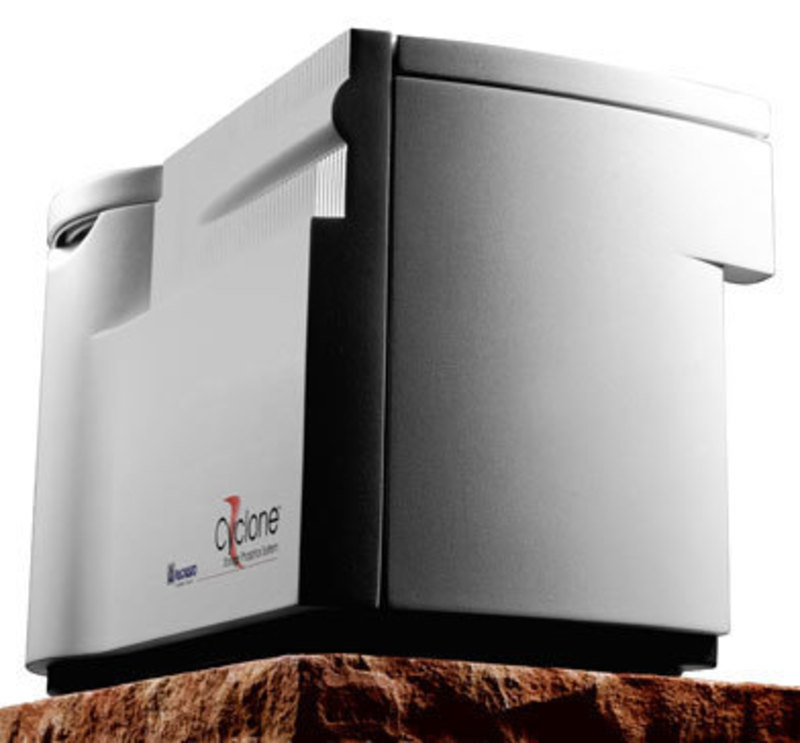
-
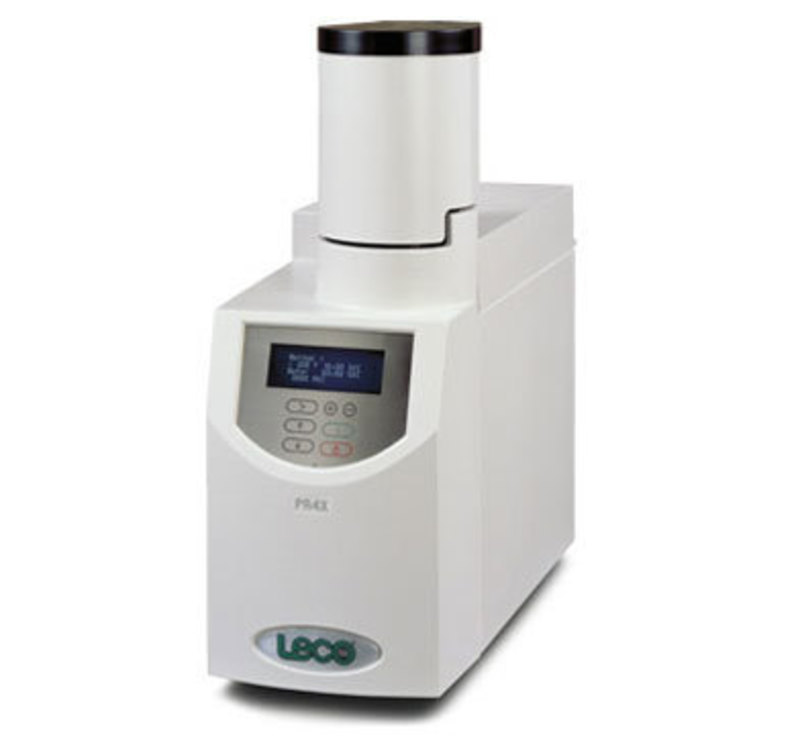
-
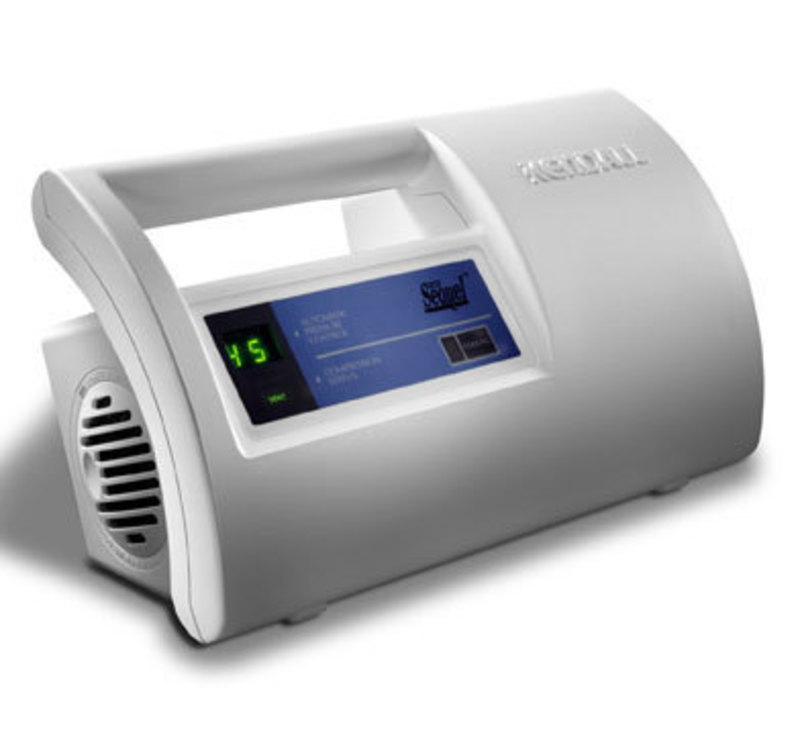
-

-
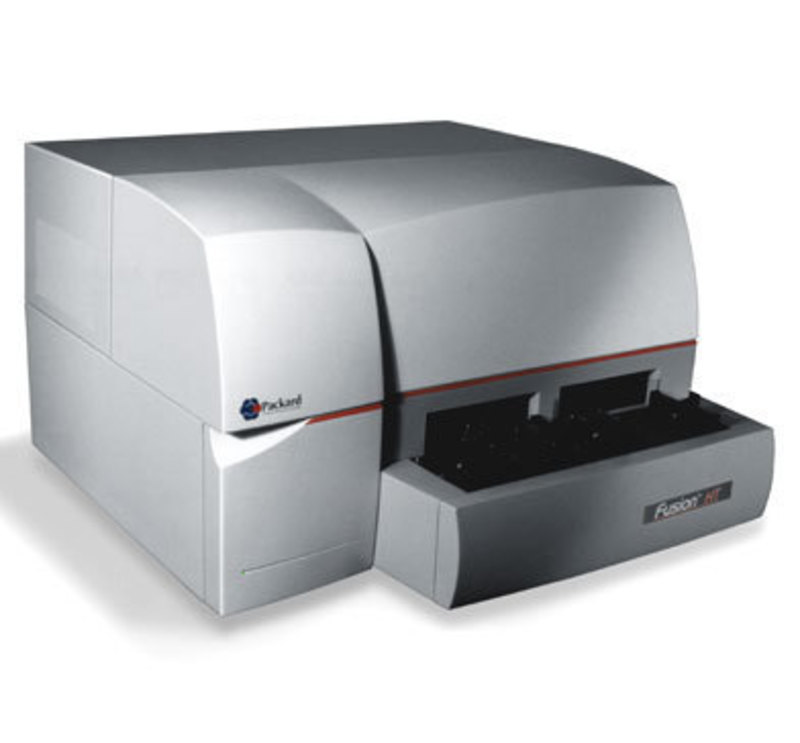
-
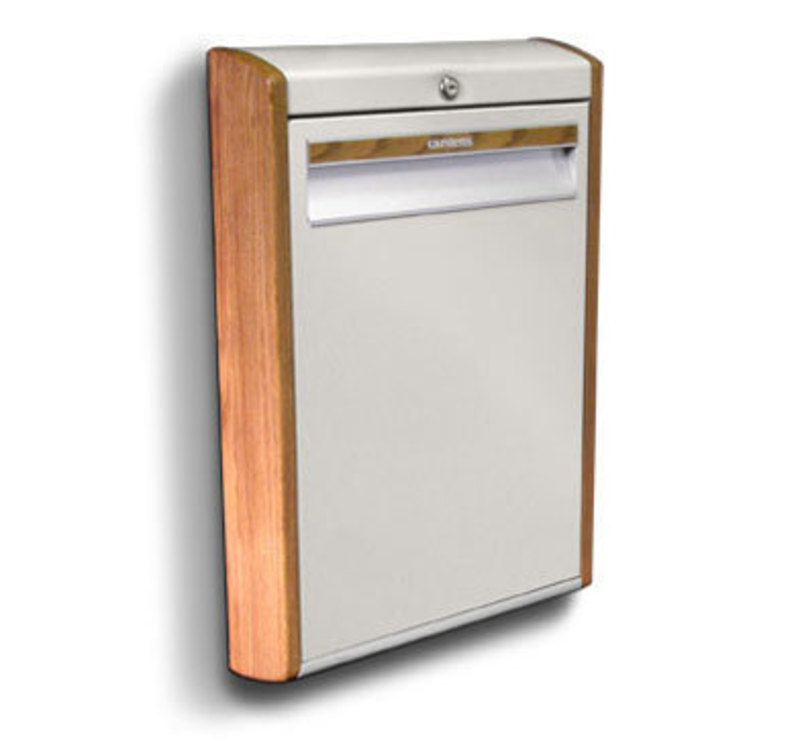
-
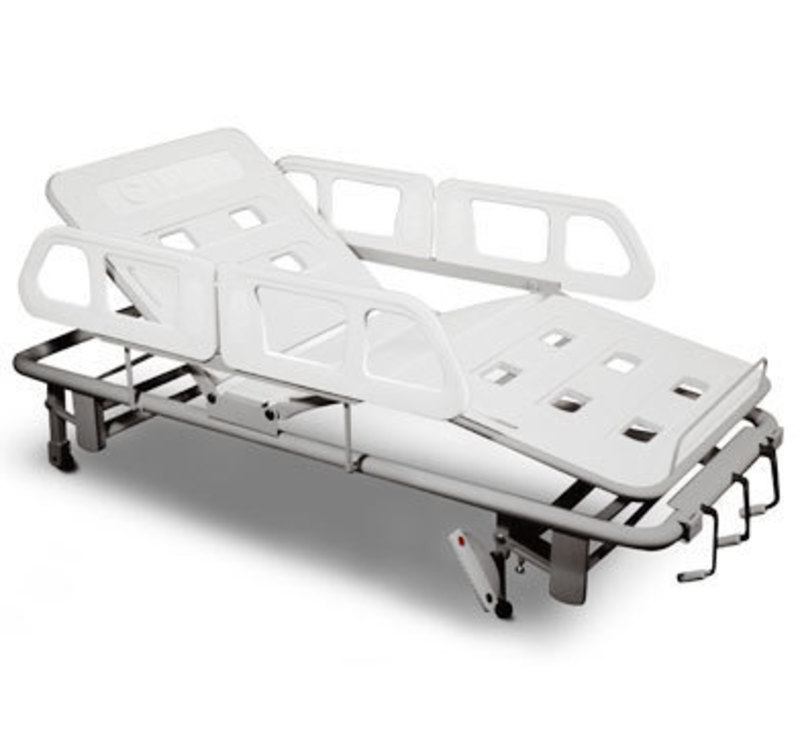
-

-
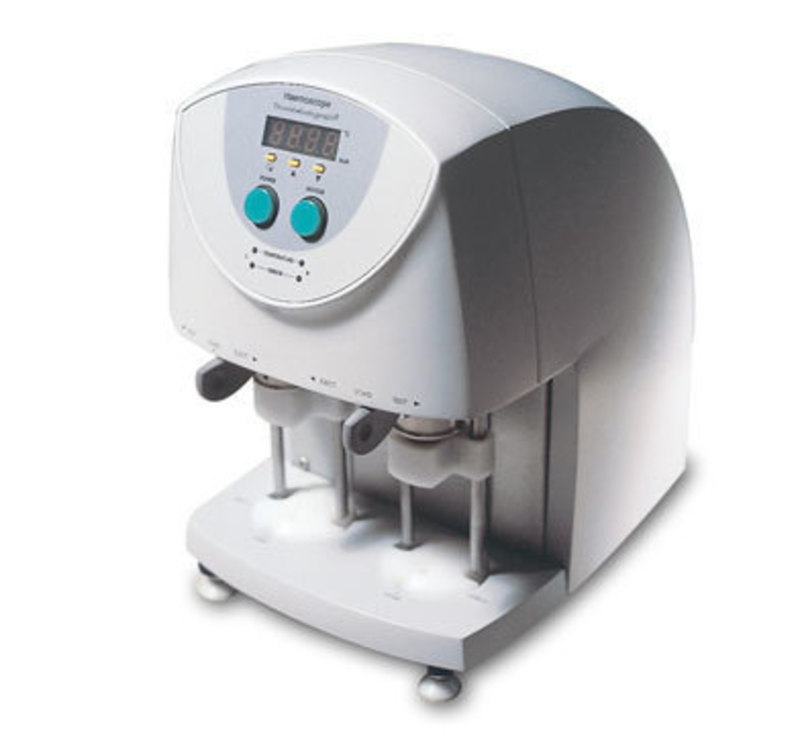
-
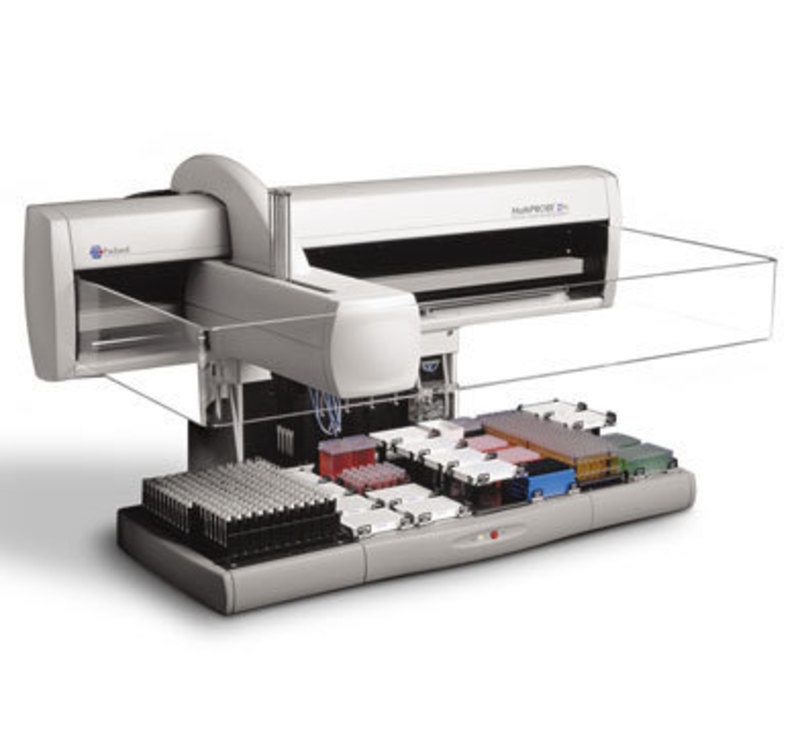
-
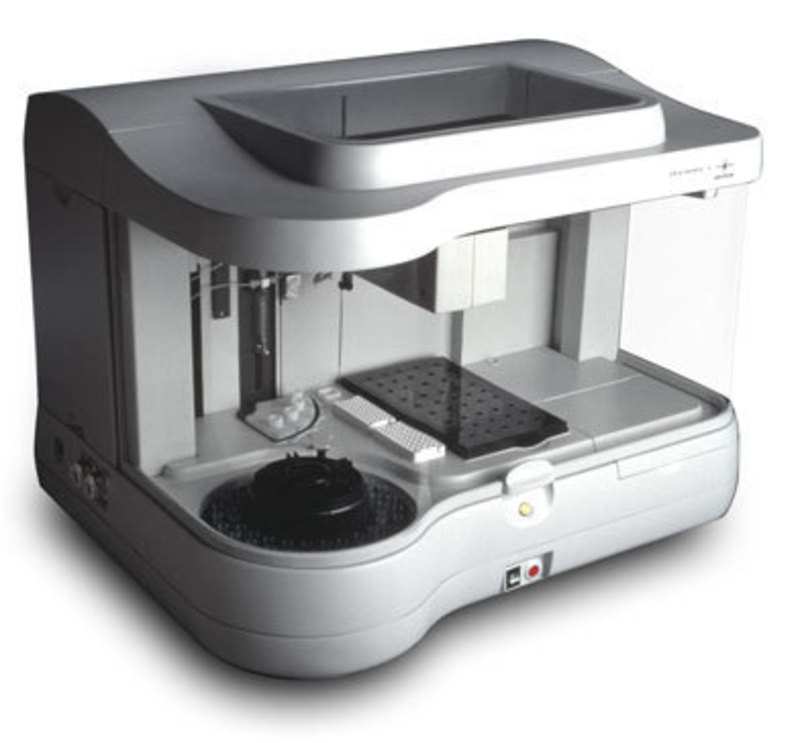
-
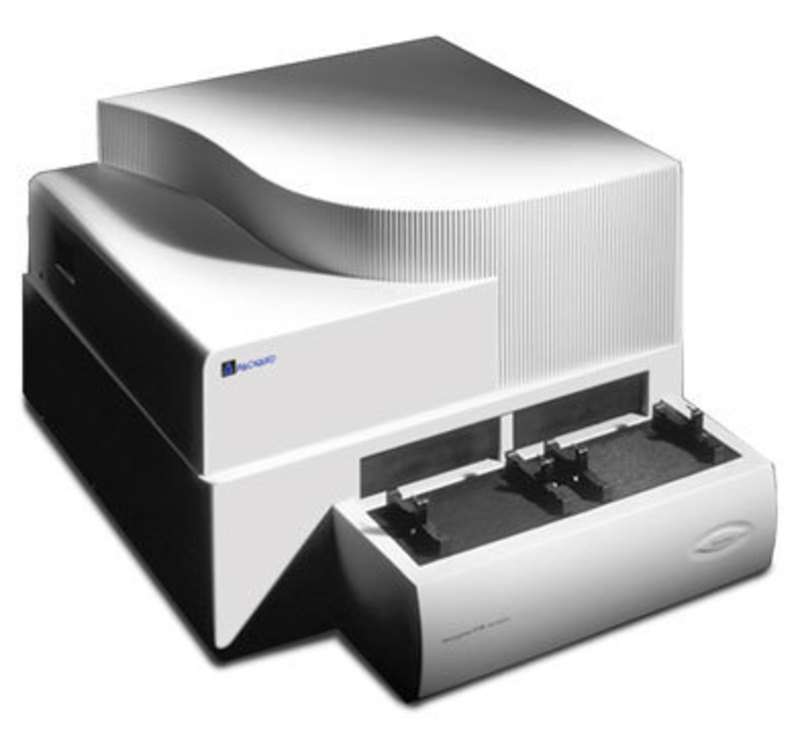
-

-
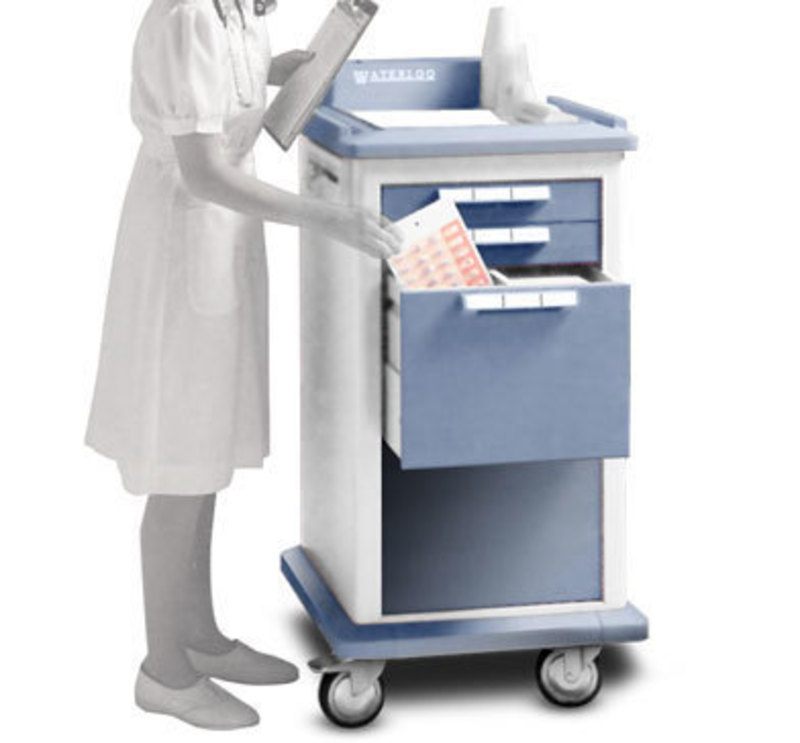
-
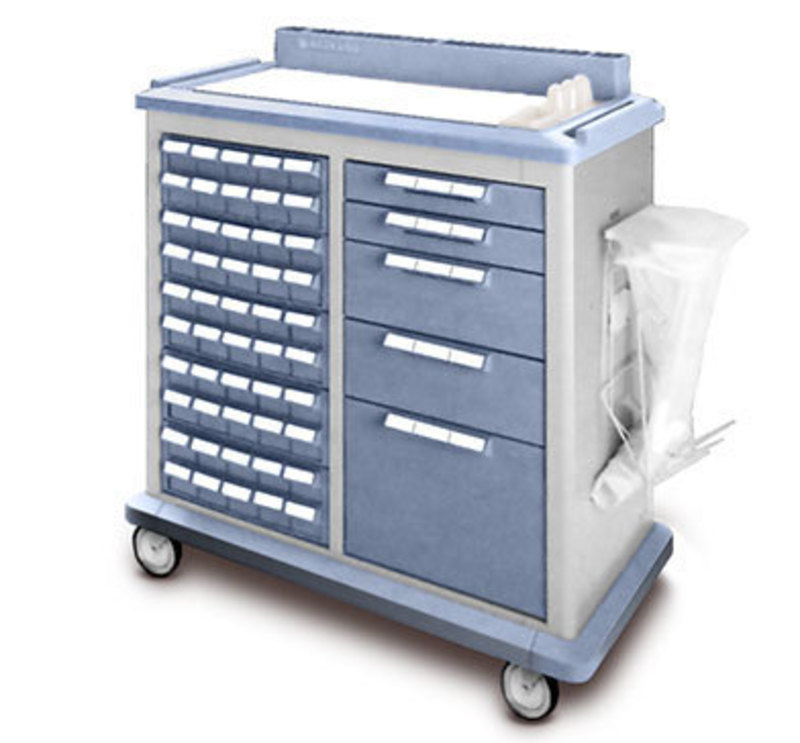
-
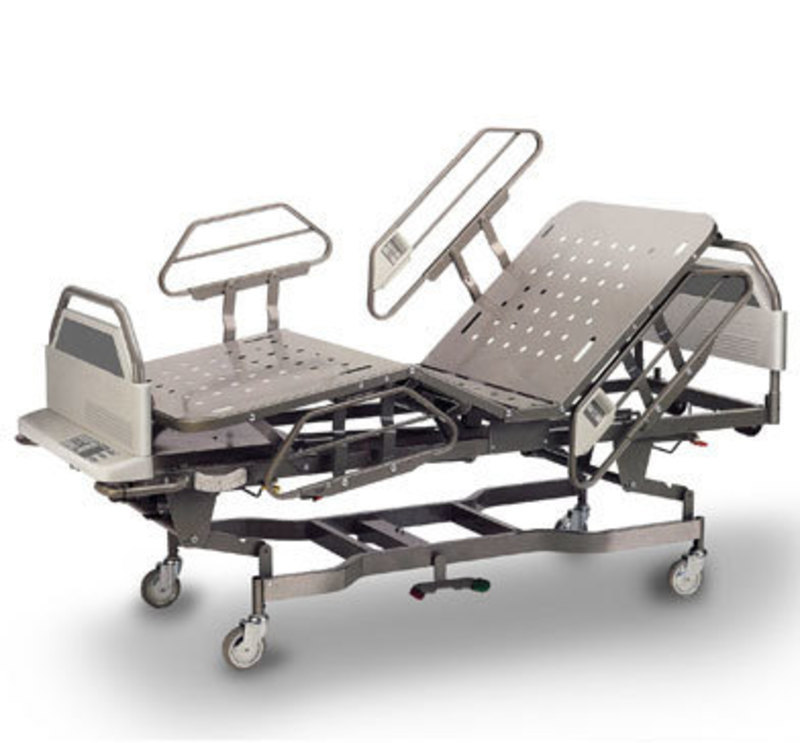
- 1990
-
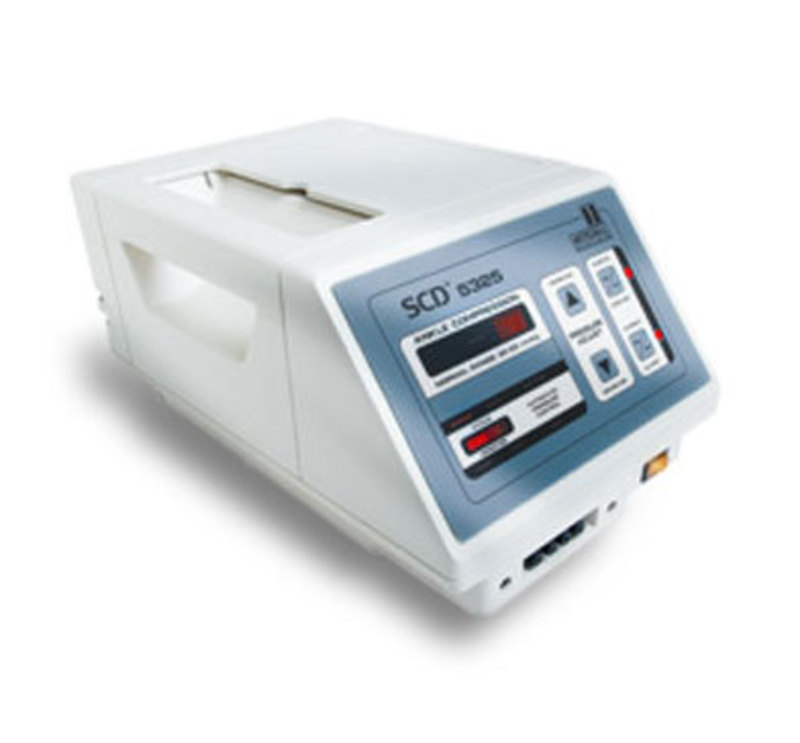
-
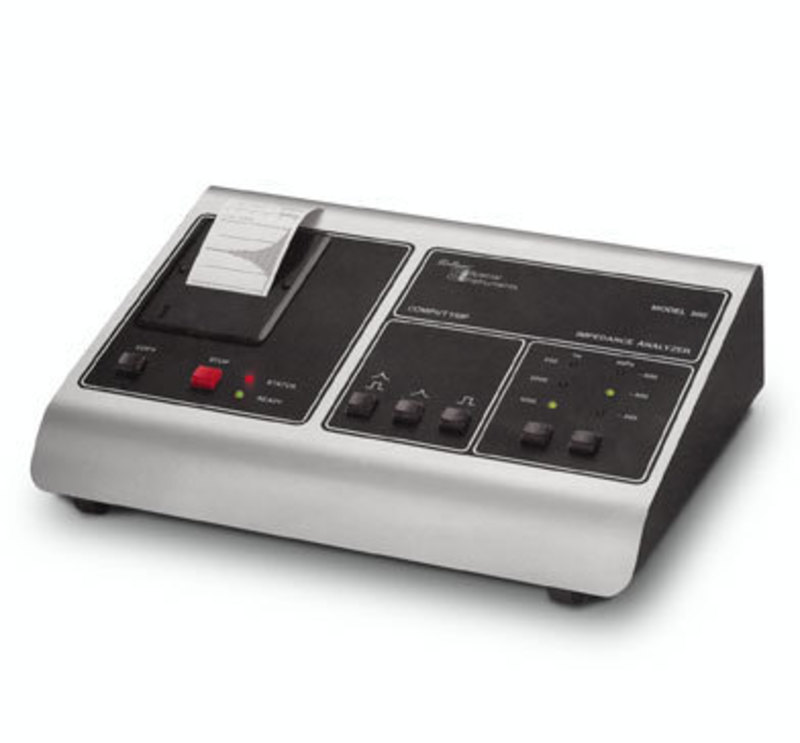
-
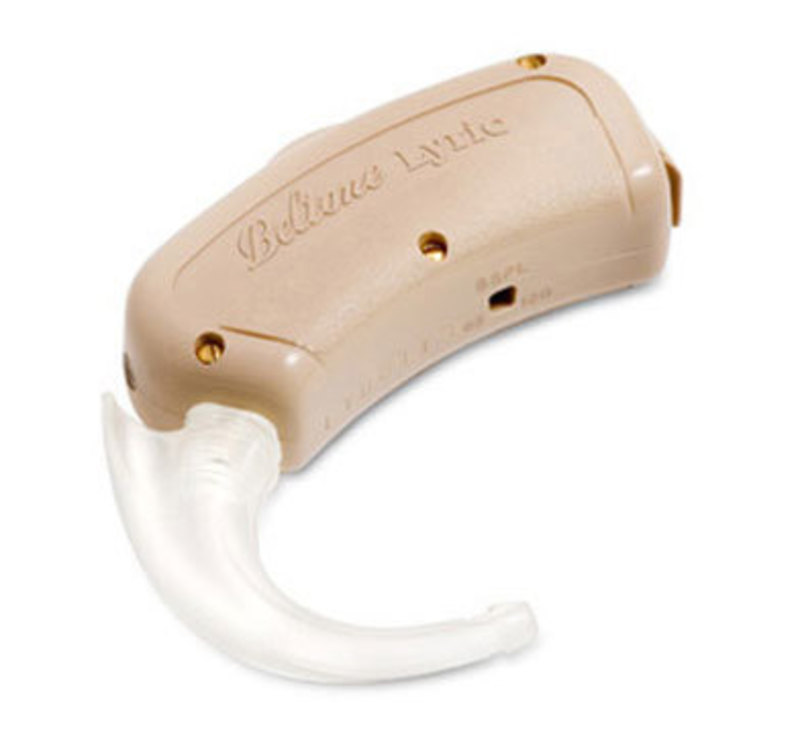
-
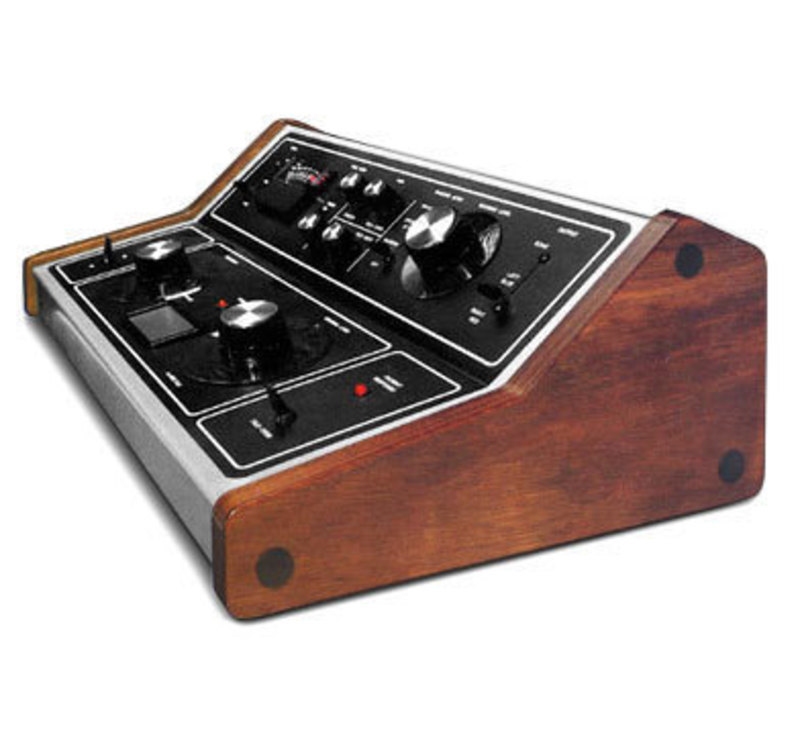
-
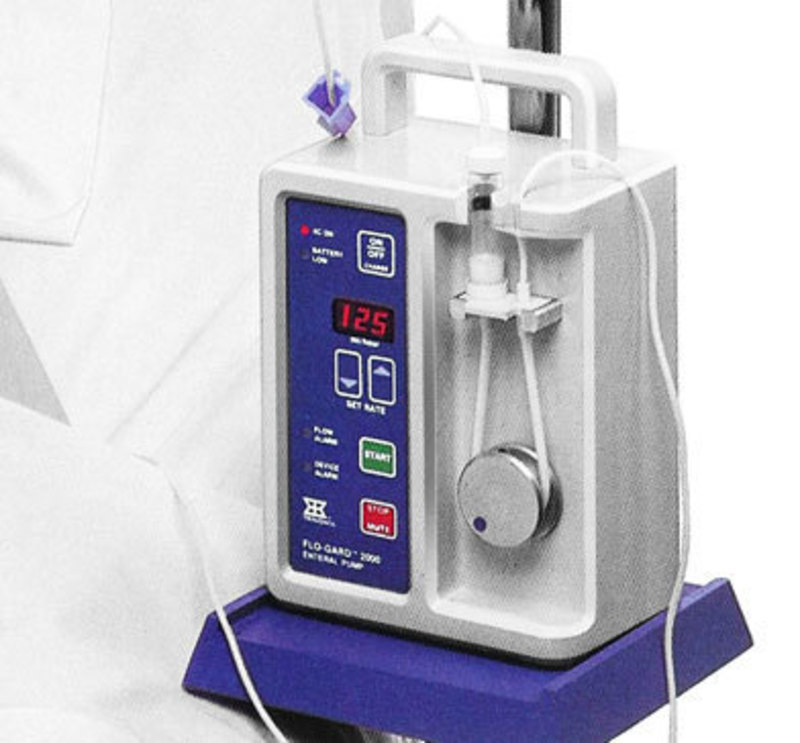
-
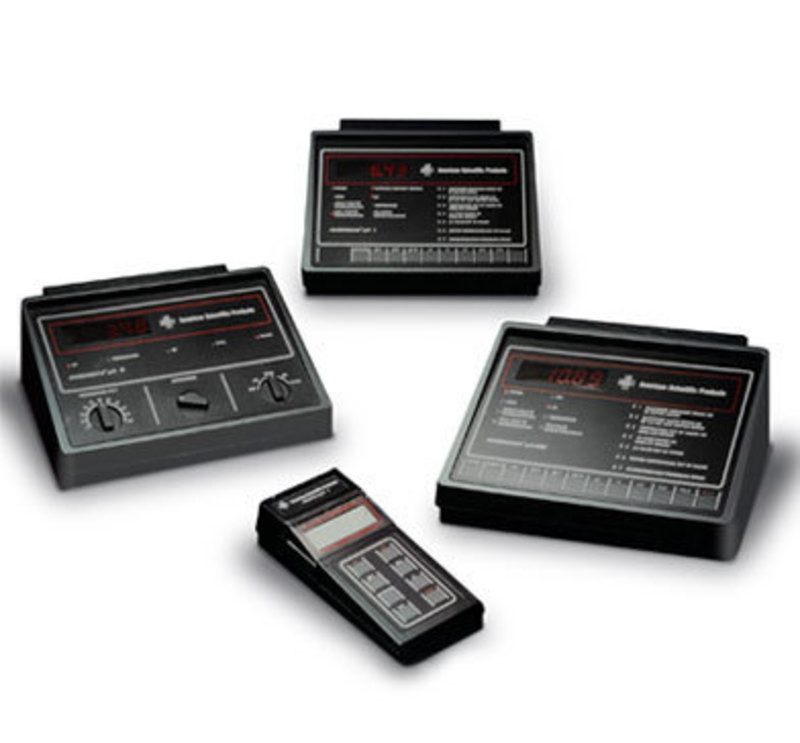
- 1980
Hill-Rom, Inc.
Advanta Hospital Bed
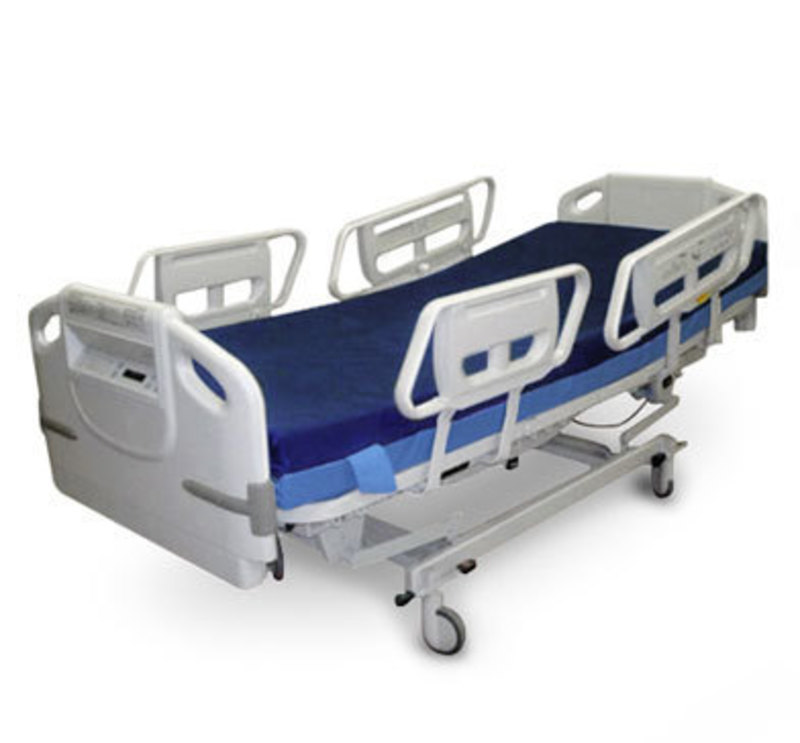
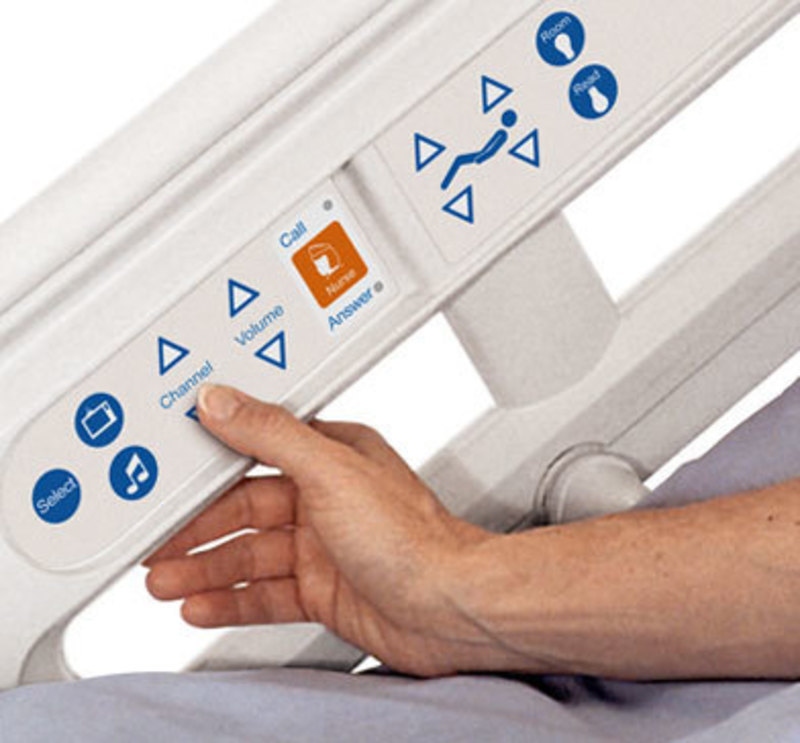
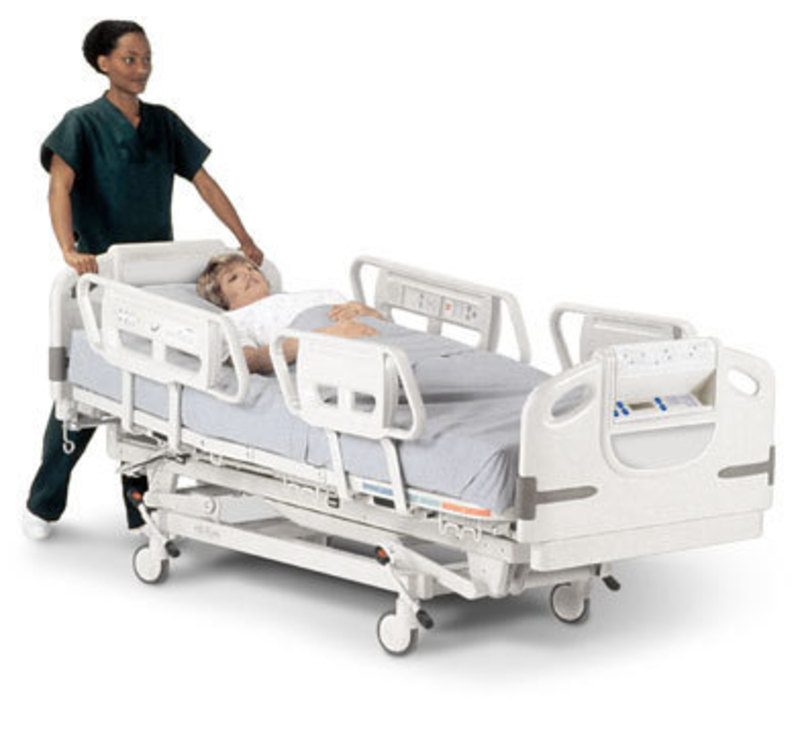

Design Team: Cesaroni Design & Hill-Rom, Inc.
The award winning design of this hospital bed was developed for the healthcare industry of medical products. Hill-Rom created the core electromechanicals to define product specification and usability features. These details formed the basis for aesthetic development.
This medical product design project began with competitive product design review and significant in-hospital observations and interviews with patients and nurses. Simulated user research was also conducted by the product designers using mockups and models.
The user-centered product development incorporates design features from patient and nurse feedback. The product designers paid close attention to aesthetics, safety, infection control and usability.
The design of the head and foot panels give the new medical product a home-like look and feel. The lower bed height accommodates easy ingress and egress of the patient to aid the nurse during this process. Side rails provide an open environment so the patient can be easily seen.
Cleaning beds between patient's use can be difficult depending on the different substances on or around the bed. The Cesaroni Design industrial designers were challenged to make all surfaces smooth and avoid cracks to ease cleaning and minimize risk of infections.
The development of Hill-Rom's Patient Position Monitoring (PPM) system and Cesaroni Design's industrial design happened in parallel. The industrial design for the user interface focused on the sizing and color of controls.
This award winning hospital bed design received First Place for Innovative New Product Design at the Structural Plastics Conference.
Design Team: Cesaroni Design & Hill-Rom, Inc.
The award winning design of this hospital bed was developed for the healthcare industry of medical products. Hill-Rom created the core electromechanicals to define product specification and usability features. These details formed the basis for aesthetic development.
This medical product design project began with competitive product design review and significant in-hospital observations and interviews with patients and nurses. Simulated user research was also conducted by the product designers using mockups and models.
The user-centered product development incorporates design features from patient and nurse feedback. The product designers paid close attention to aesthetics, safety, infection control and usability.
The design of the head and foot panels give the new medical product a home-like look and feel. The lower bed height accommodates easy ingress and egress of the patient to aid the nurse during this process. Side rails provide an open environment so the patient can be easily seen.
Cleaning beds between patient's use can be difficult depending on the different substances on or around the bed. The Cesaroni Design industrial designers were challenged to make all surfaces smooth and avoid cracks to ease cleaning and minimize risk of infections.
The development of Hill-Rom's Patient Position Monitoring (PPM) system and Cesaroni Design's industrial design happened in parallel. The industrial design for the user interface focused on the sizing and color of controls.
This award winning hospital bed design received First Place for Innovative New Product Design at the Structural Plastics Conference.



